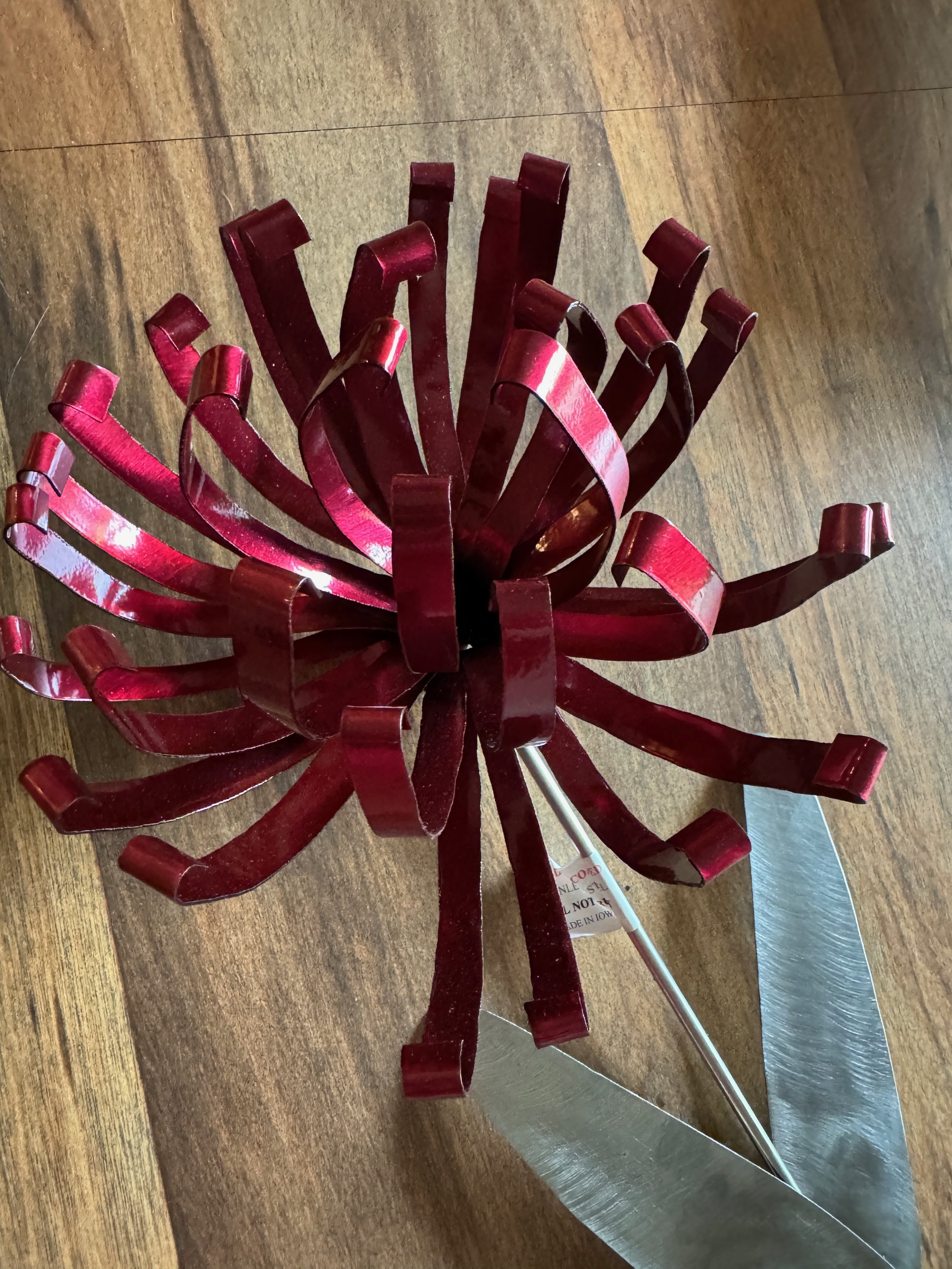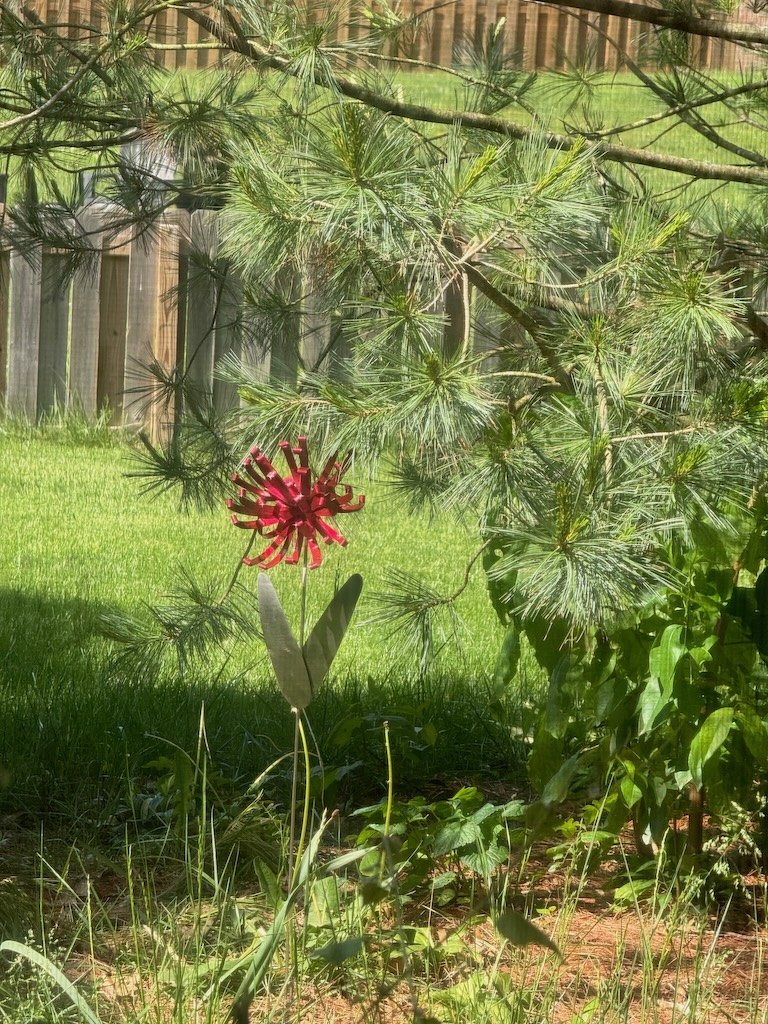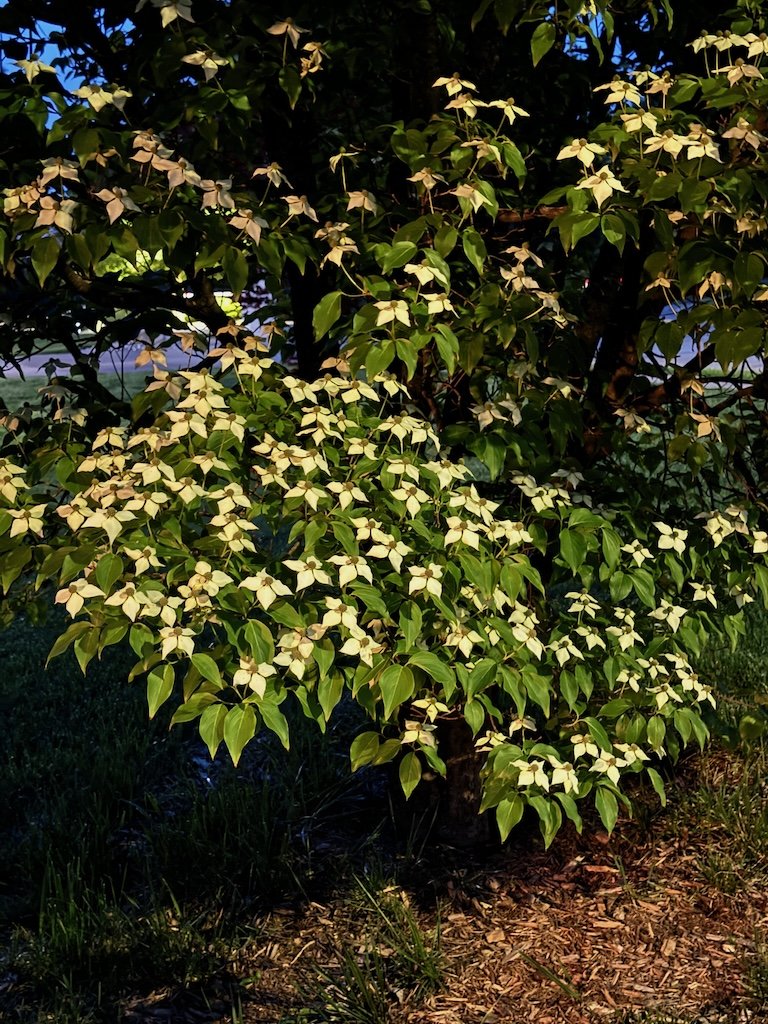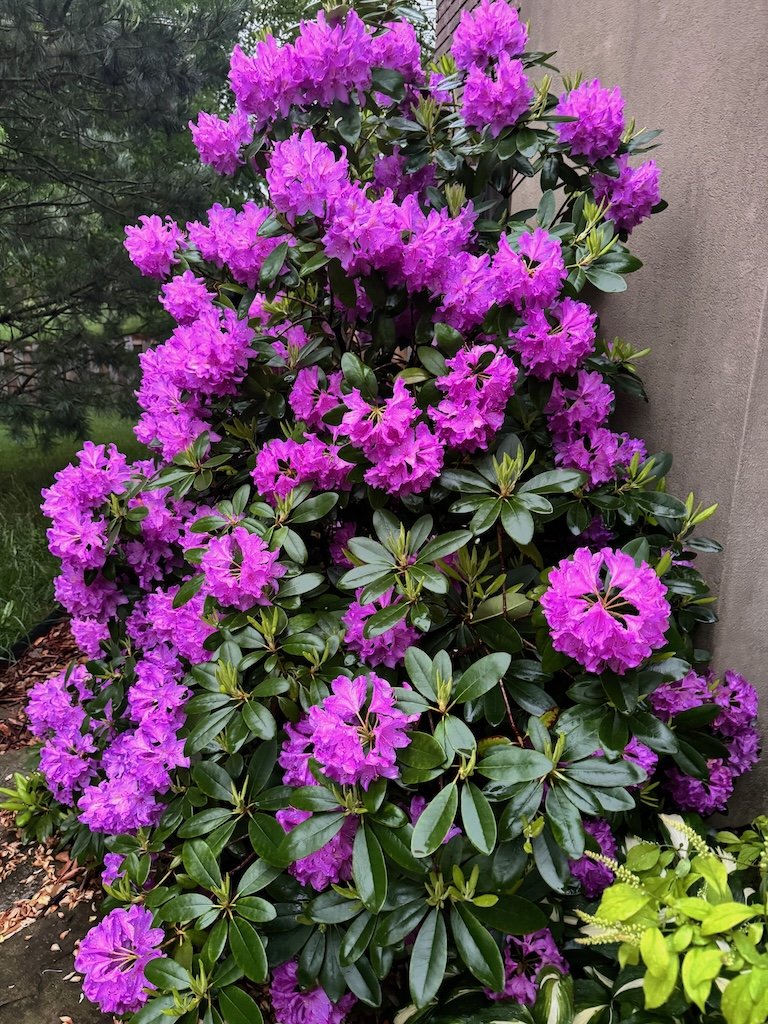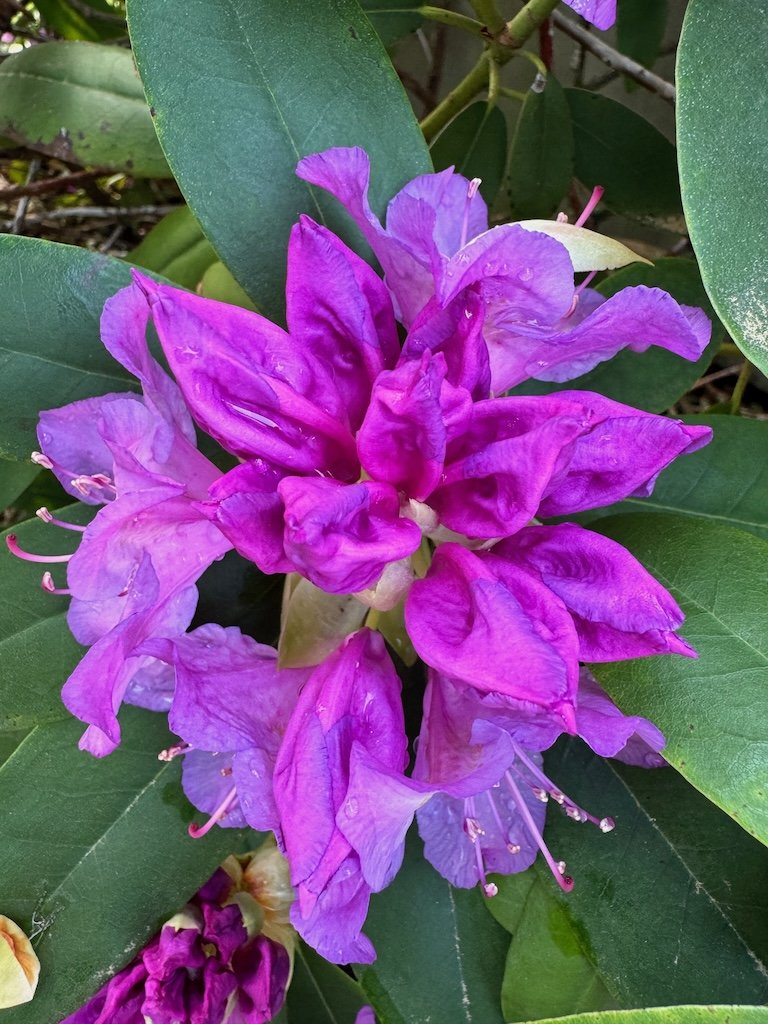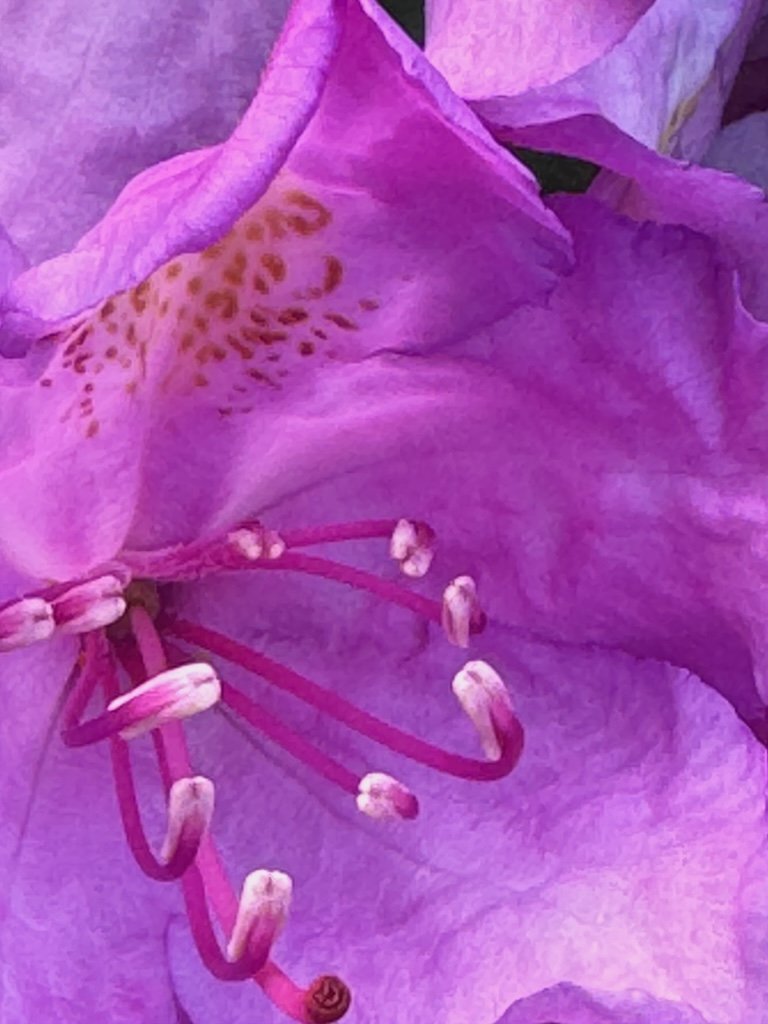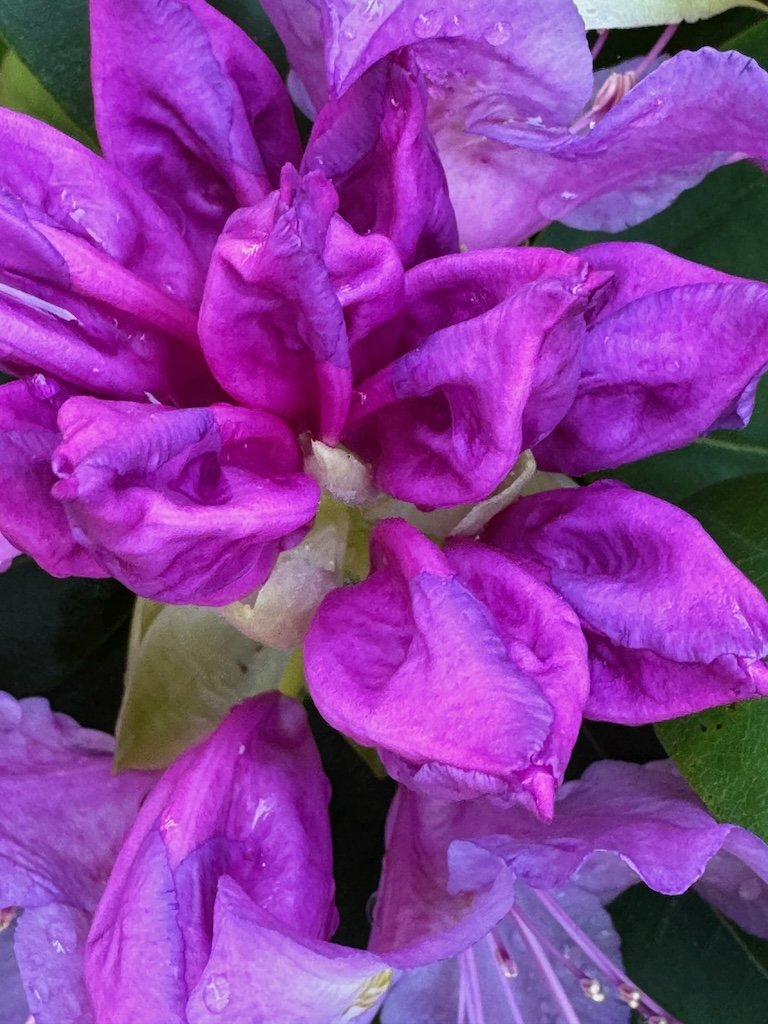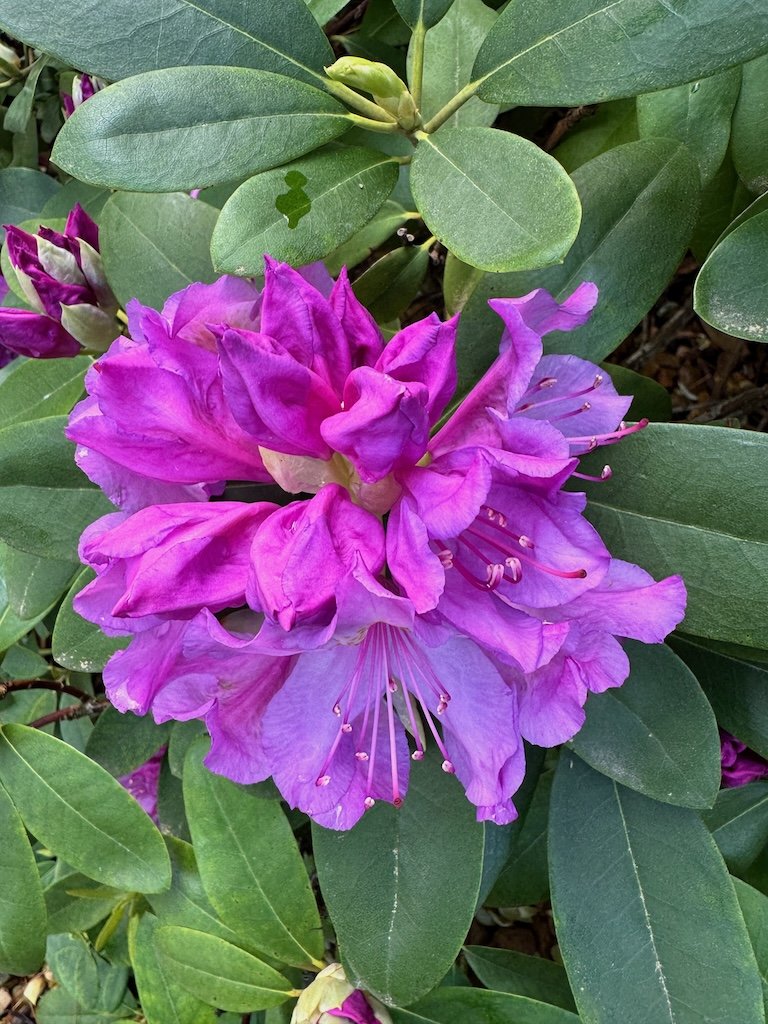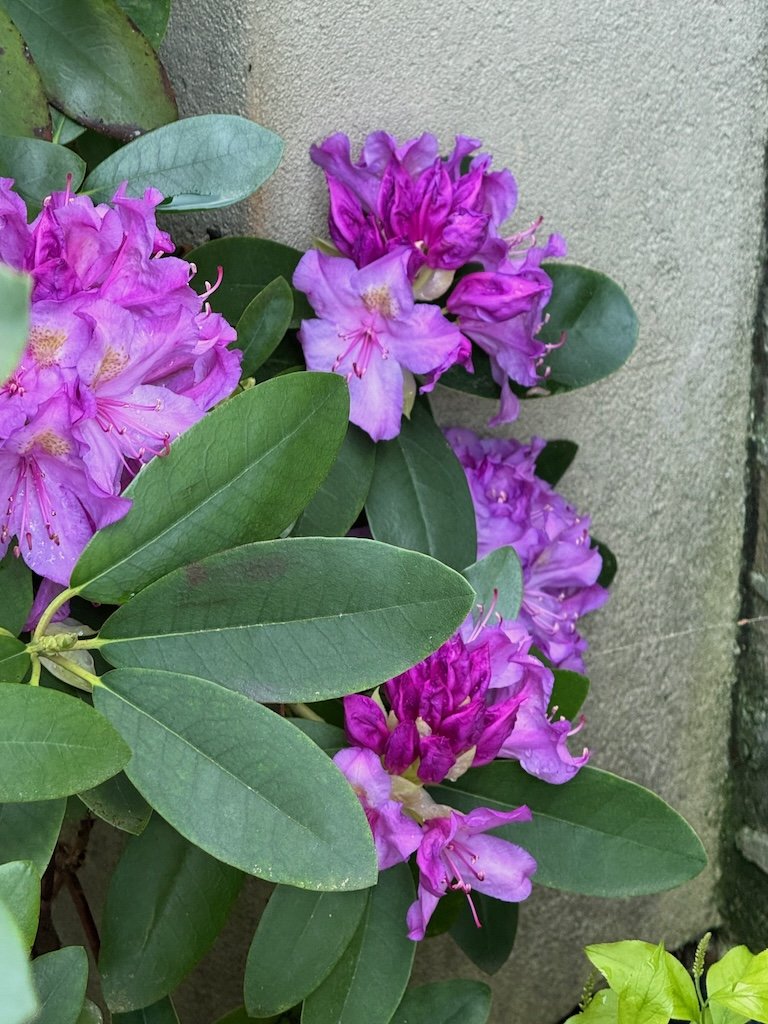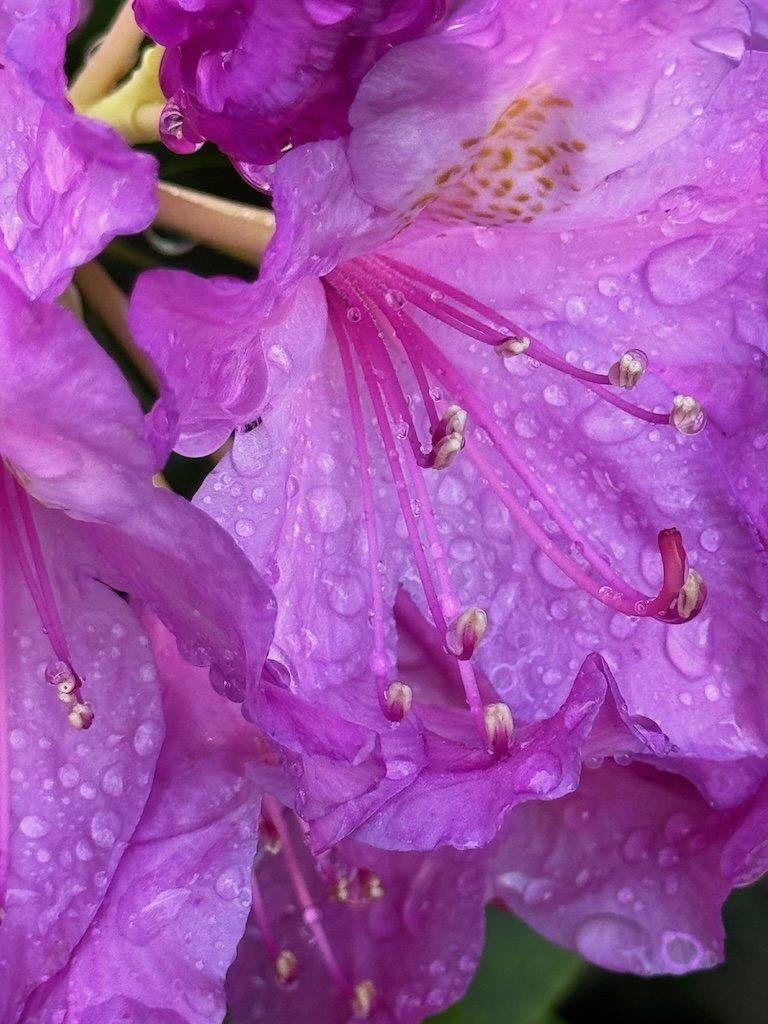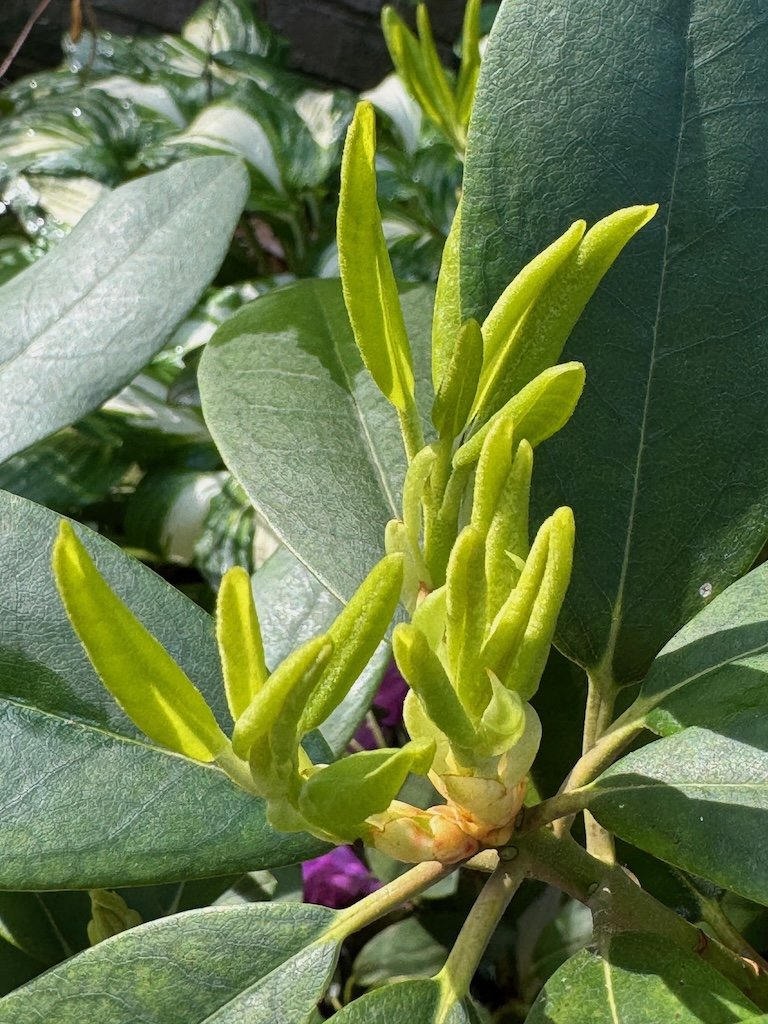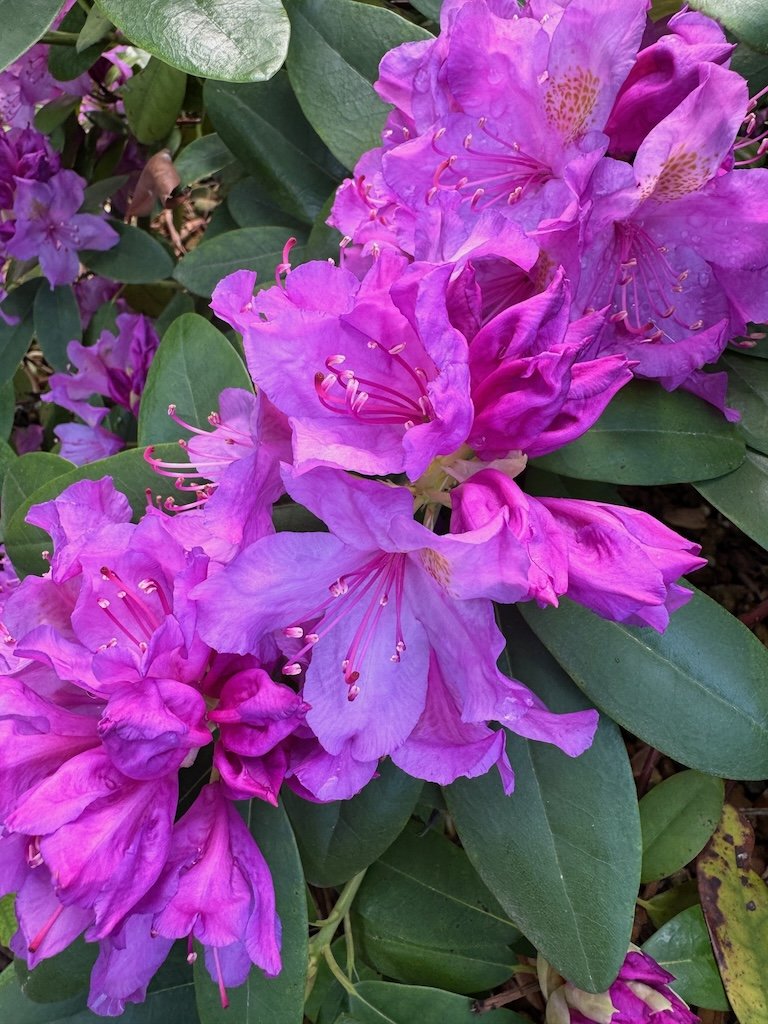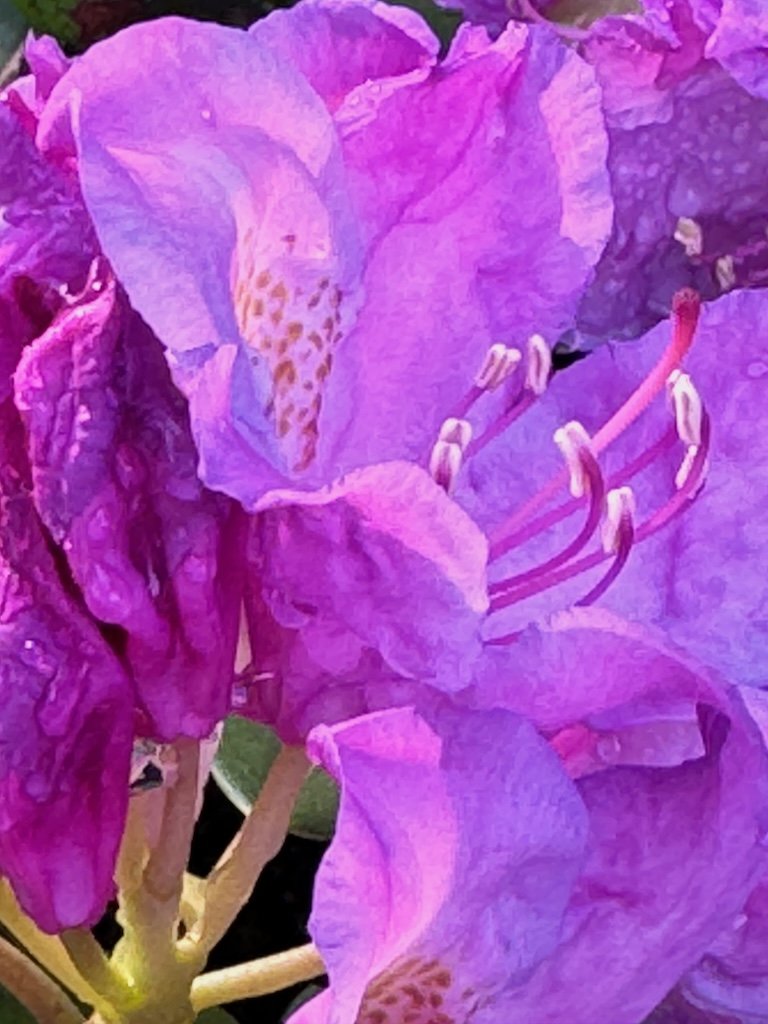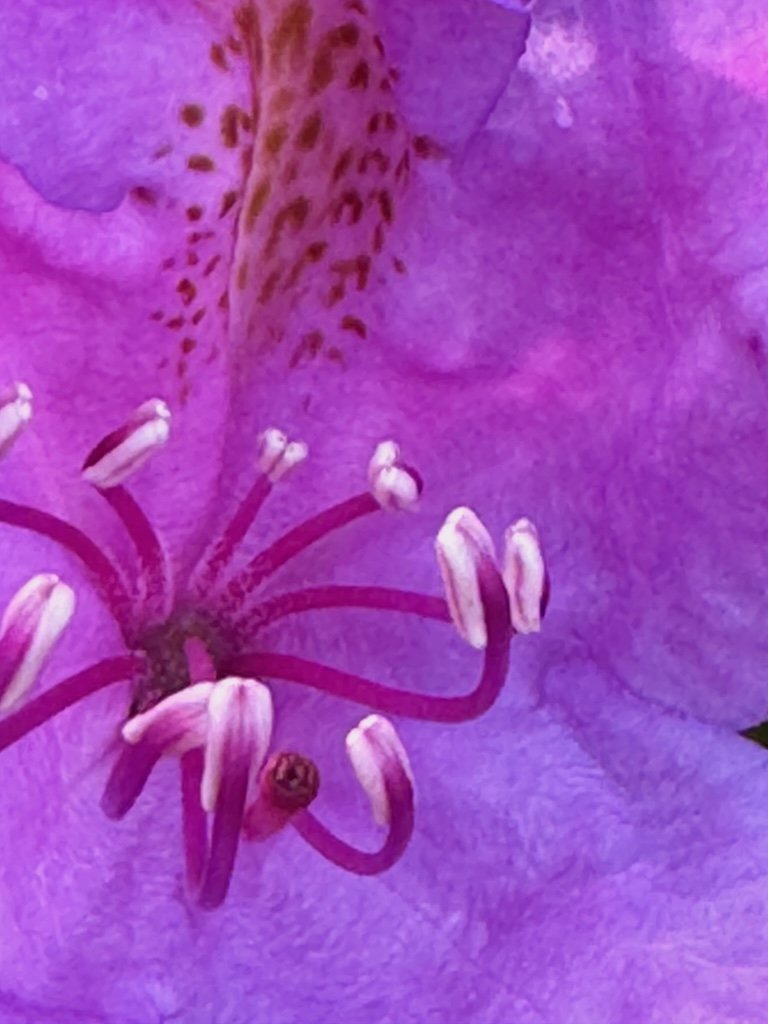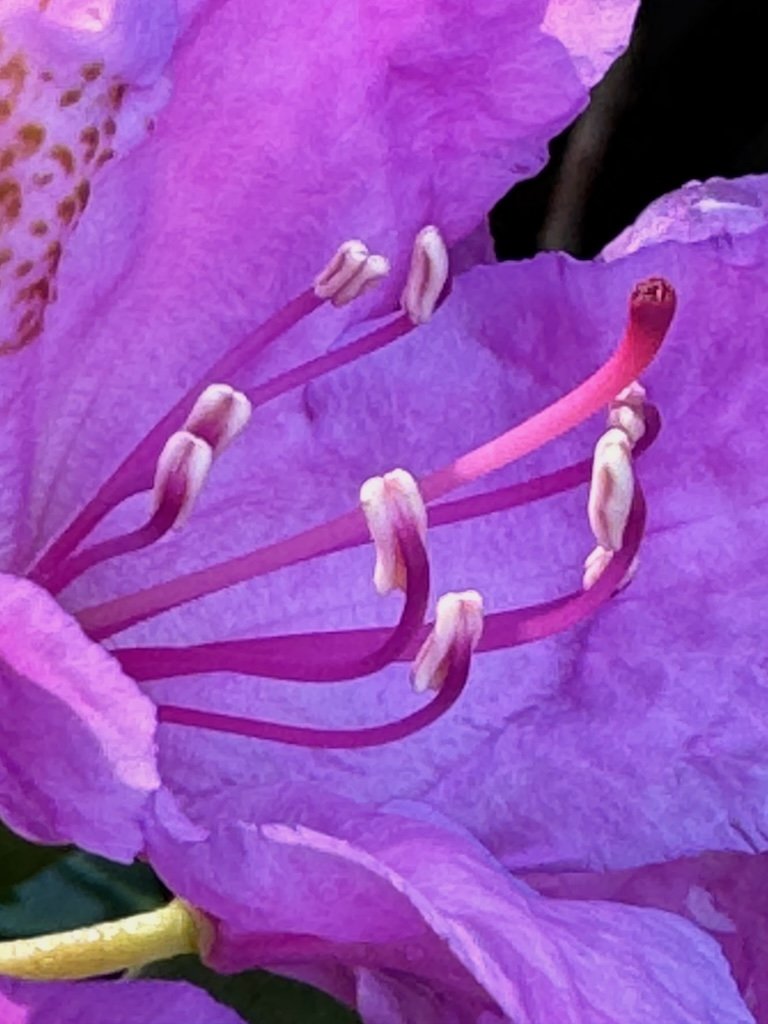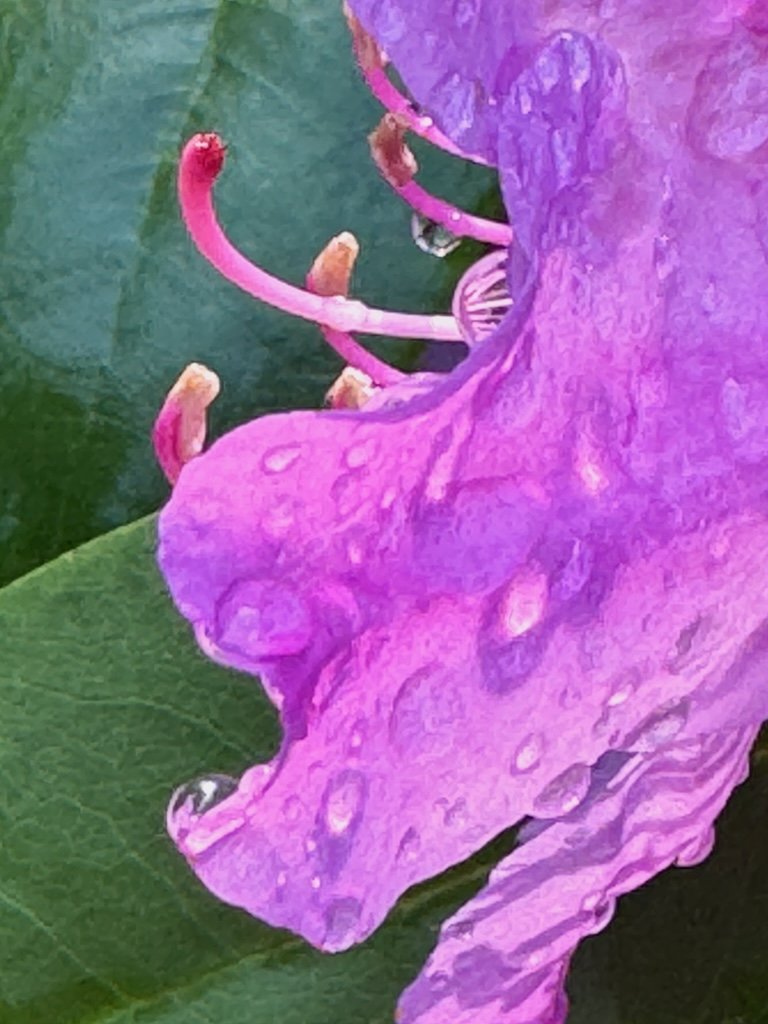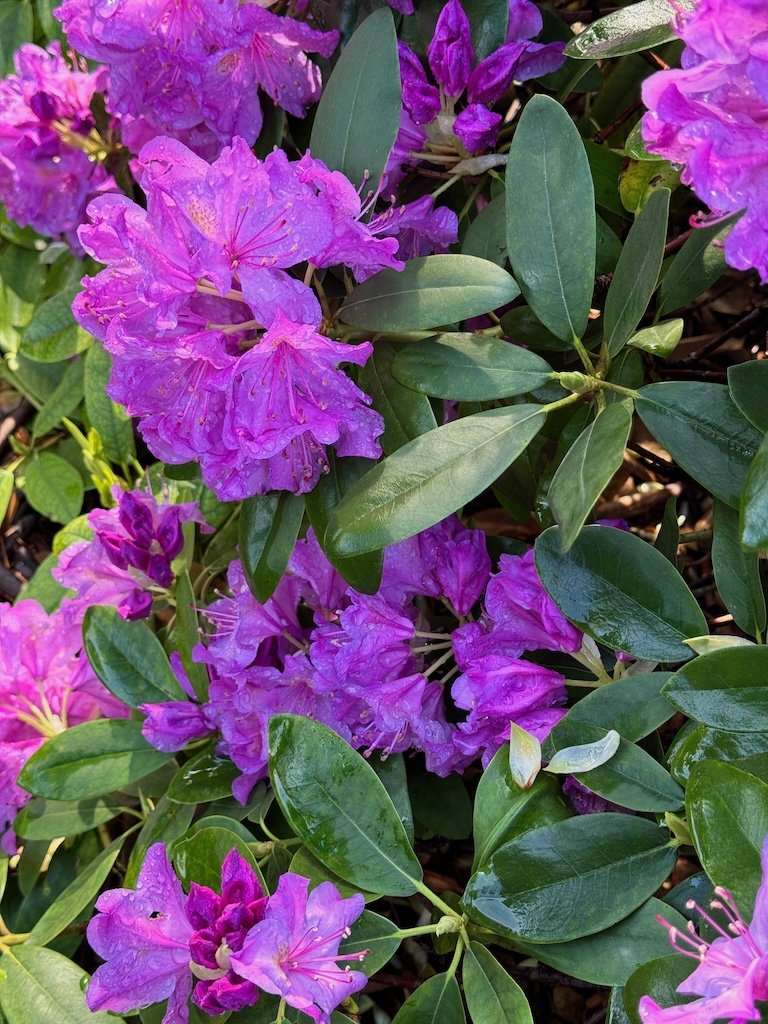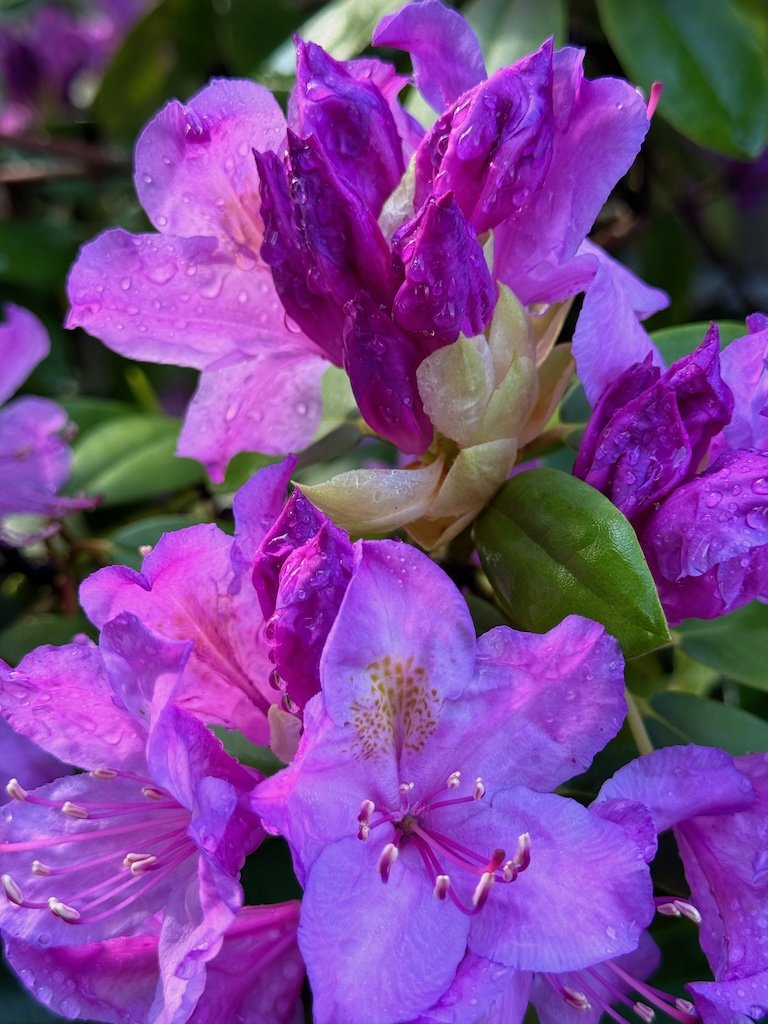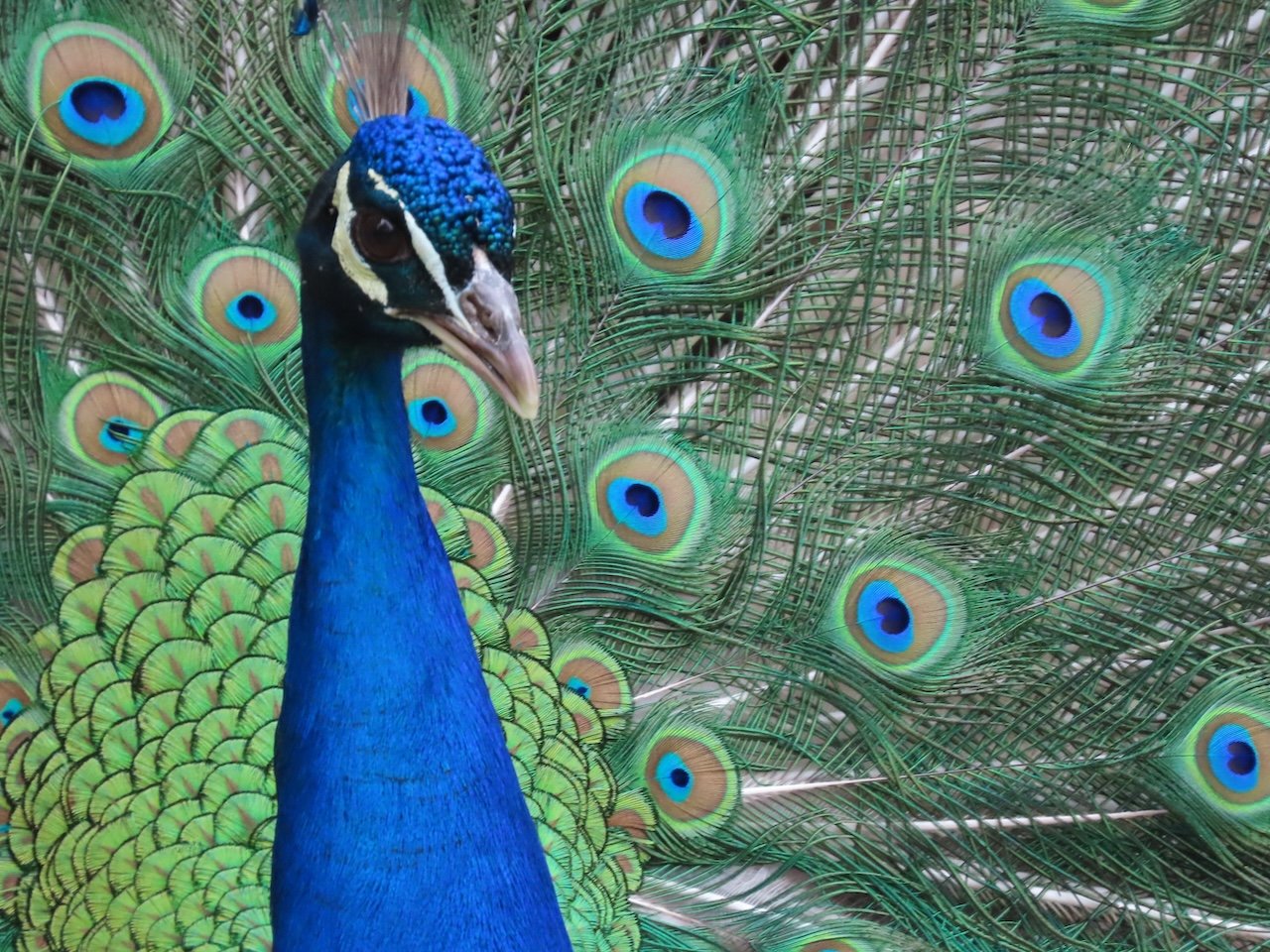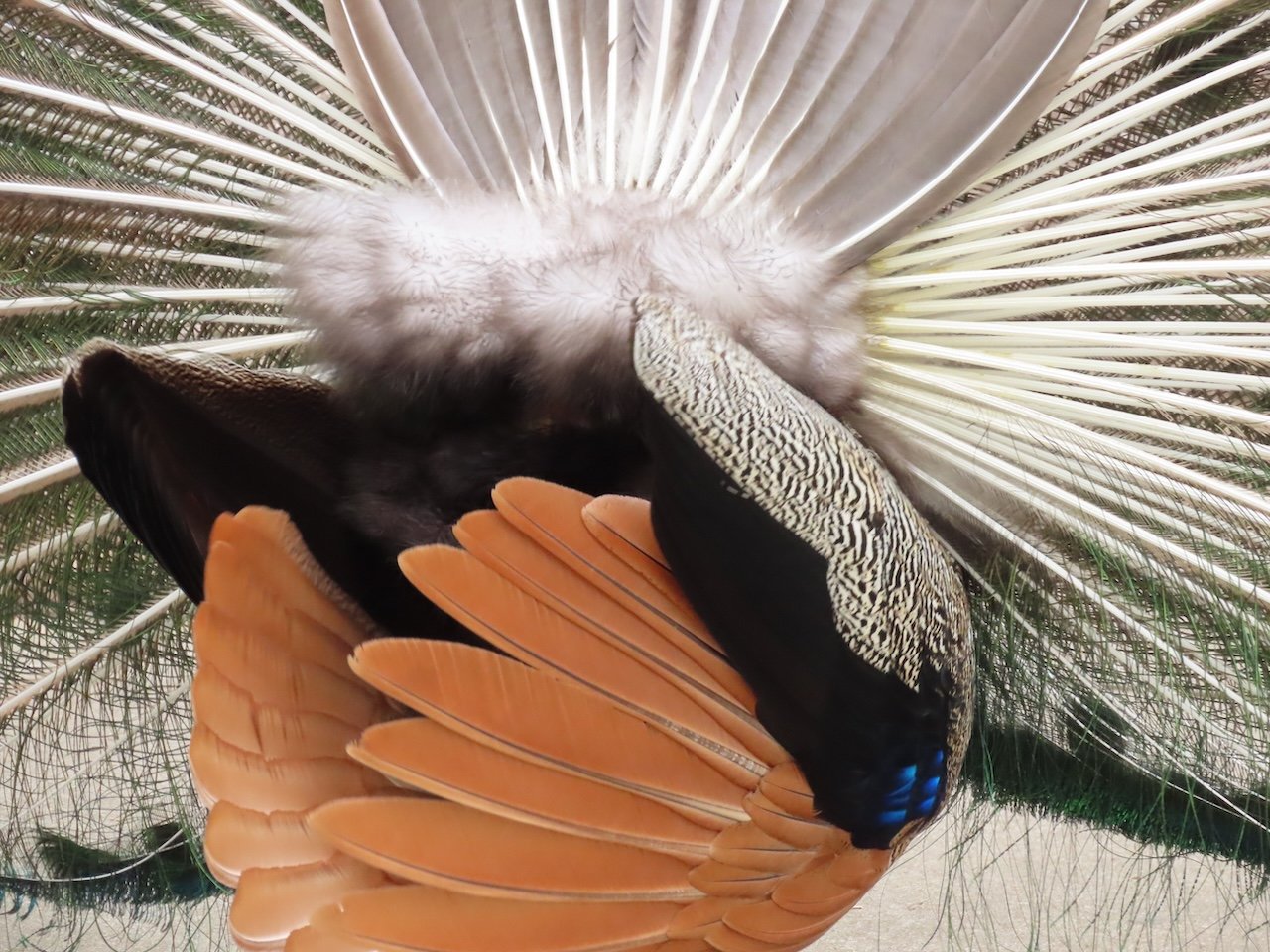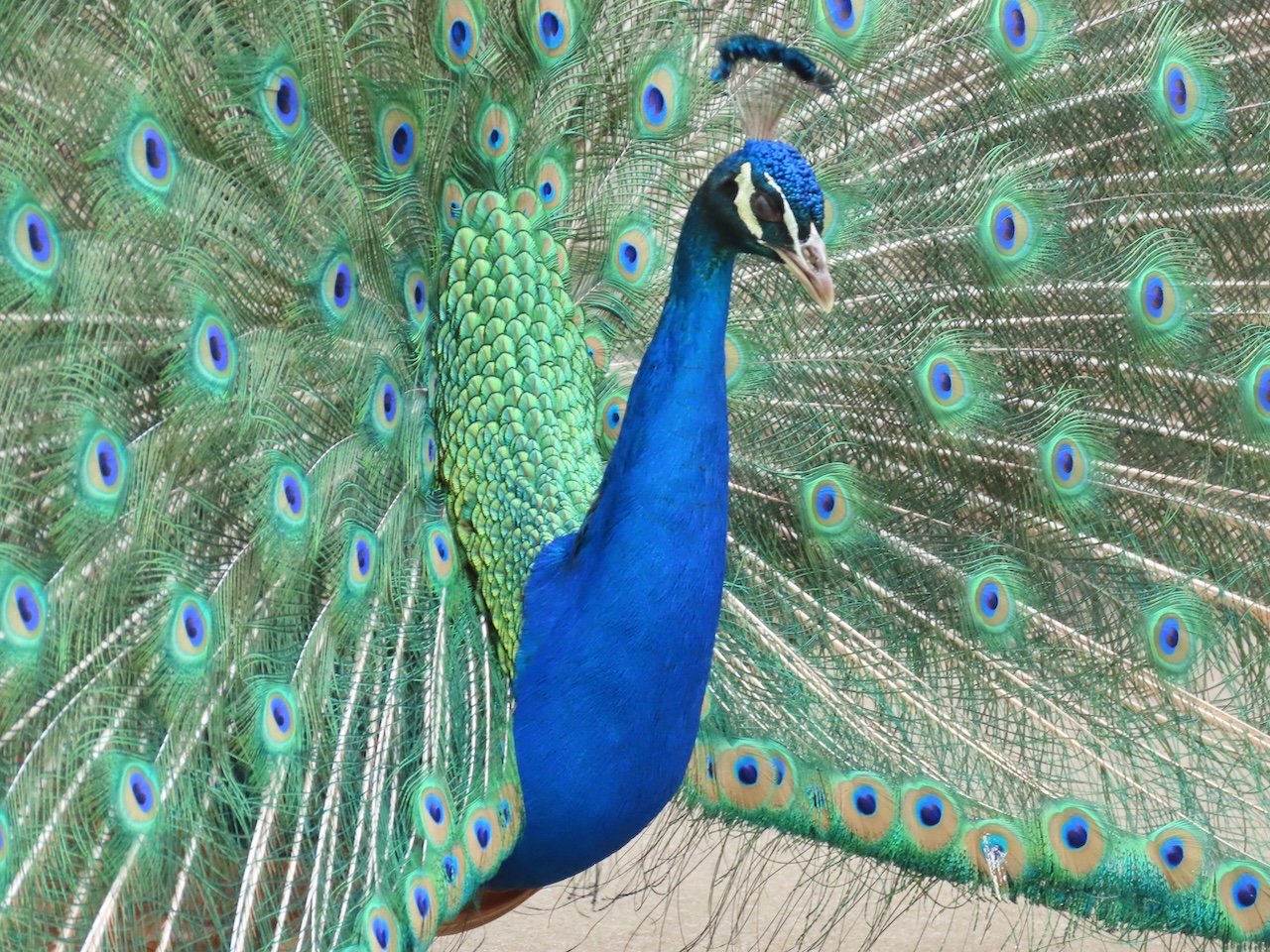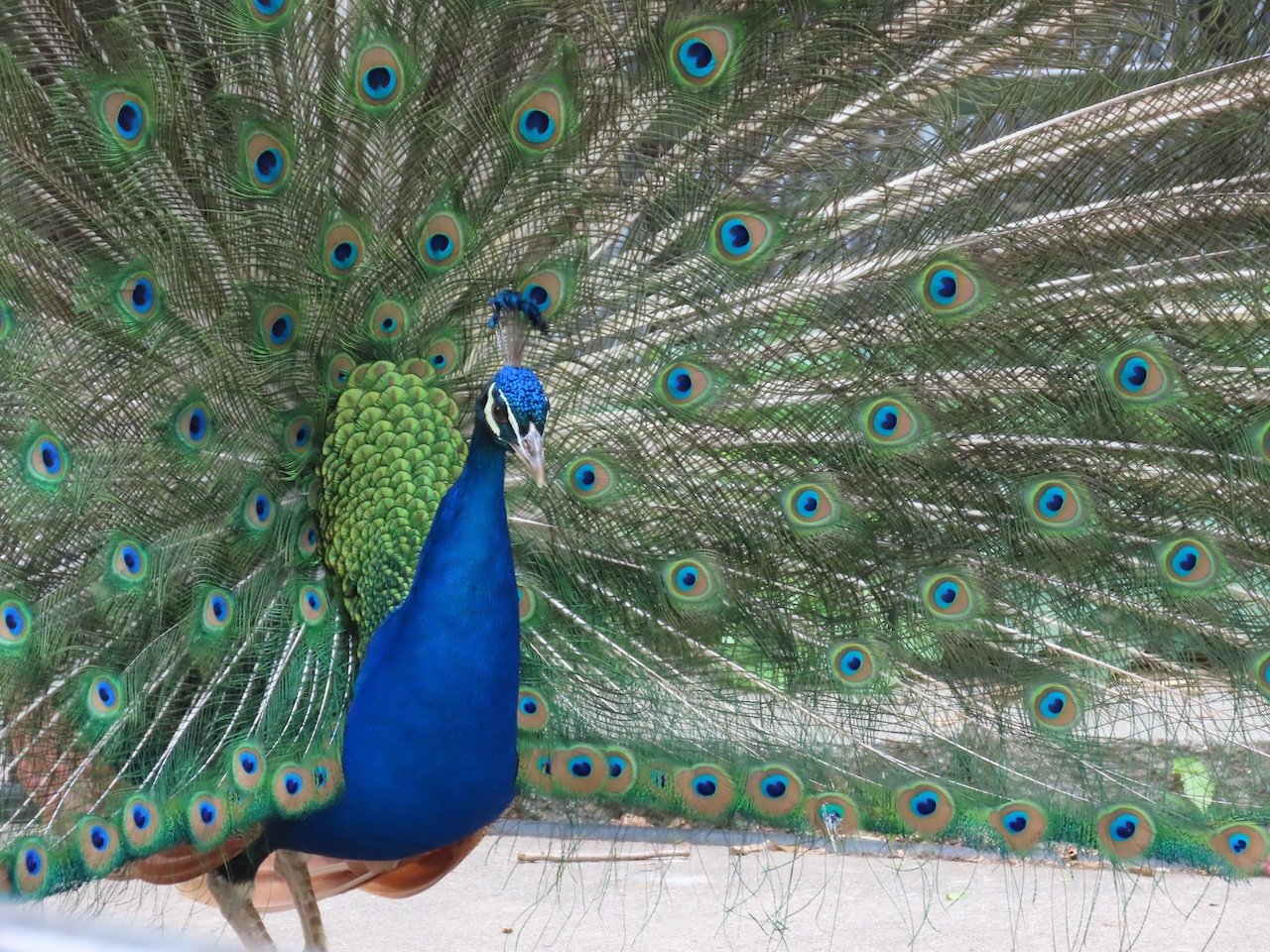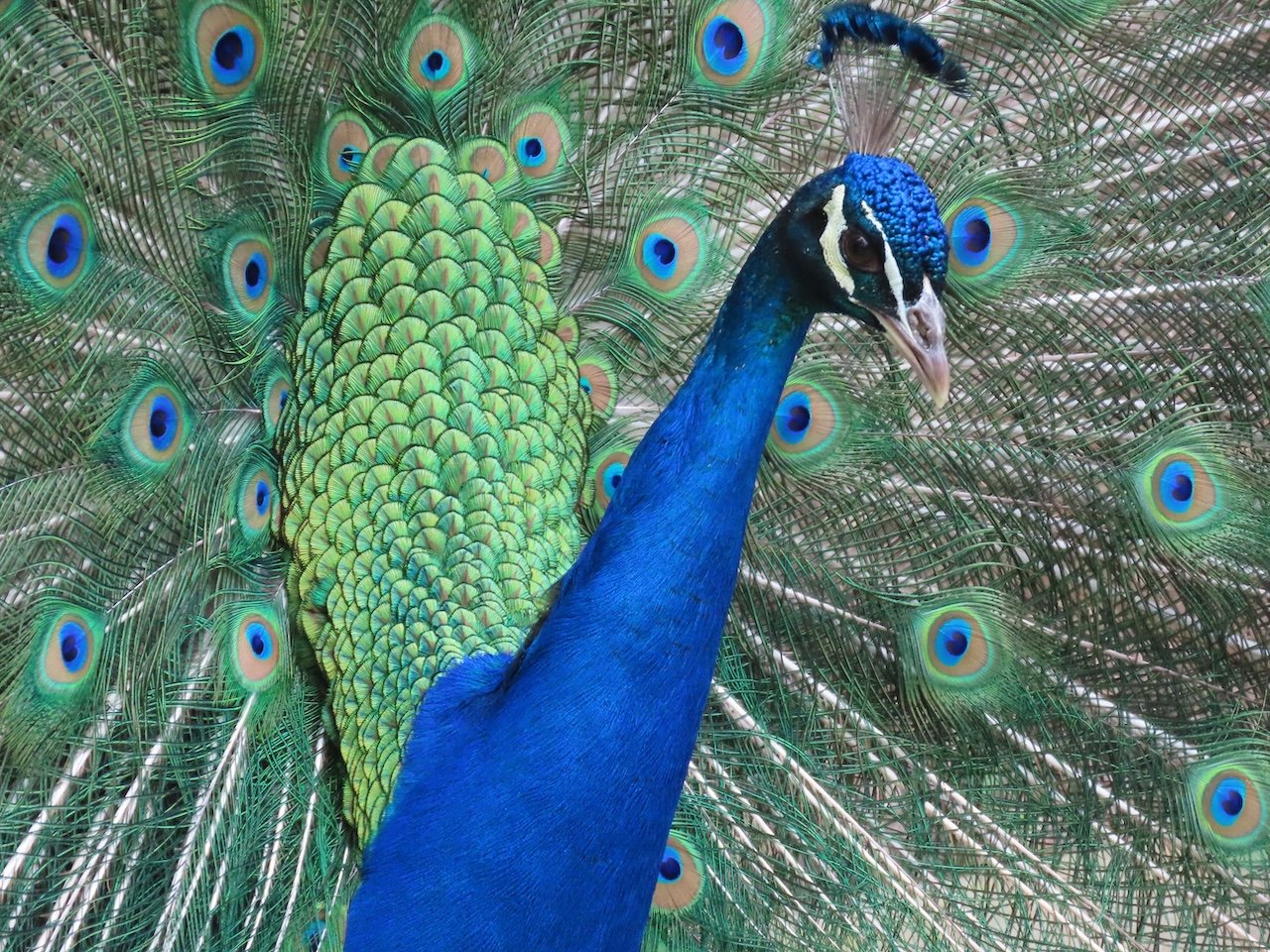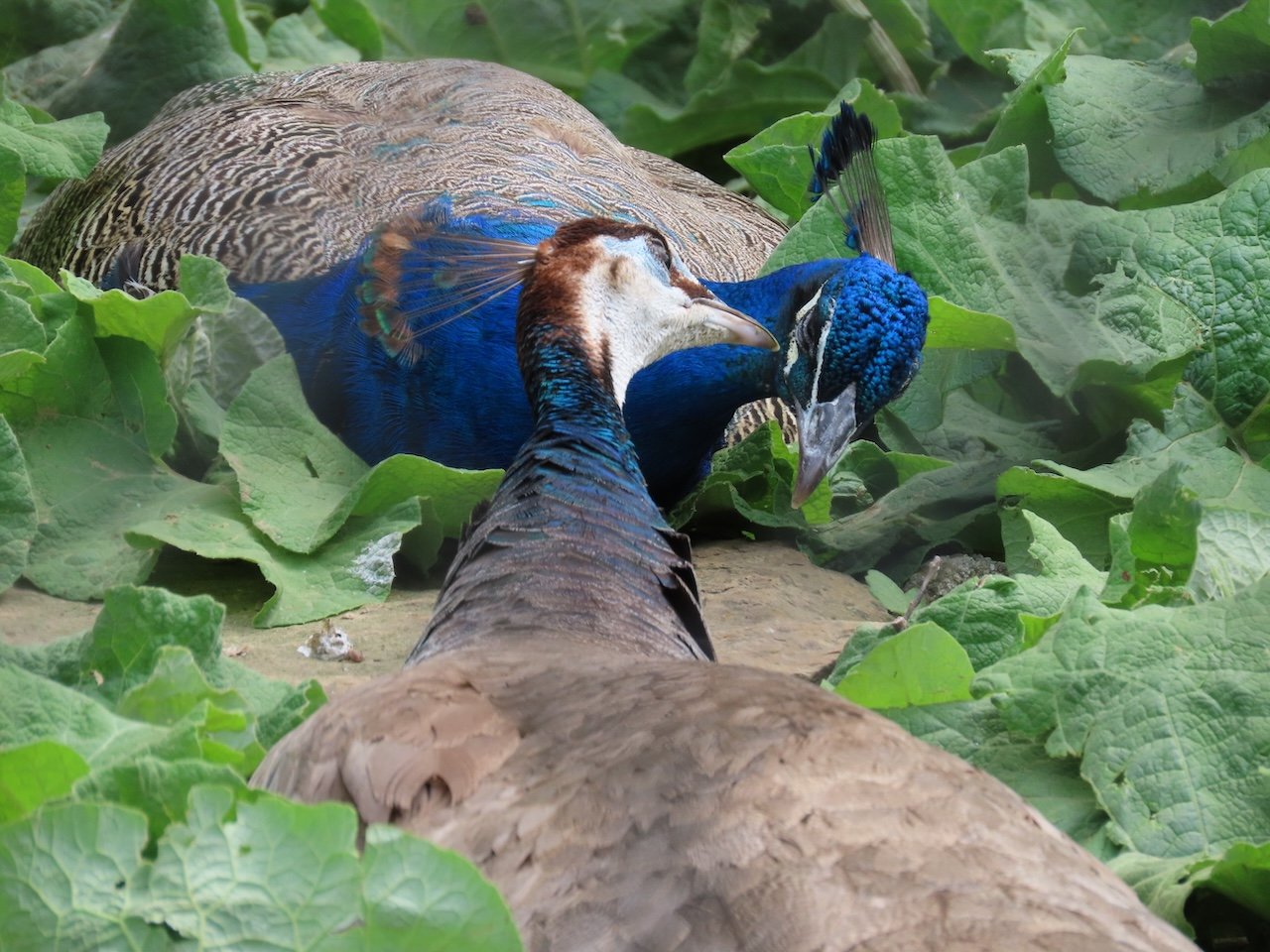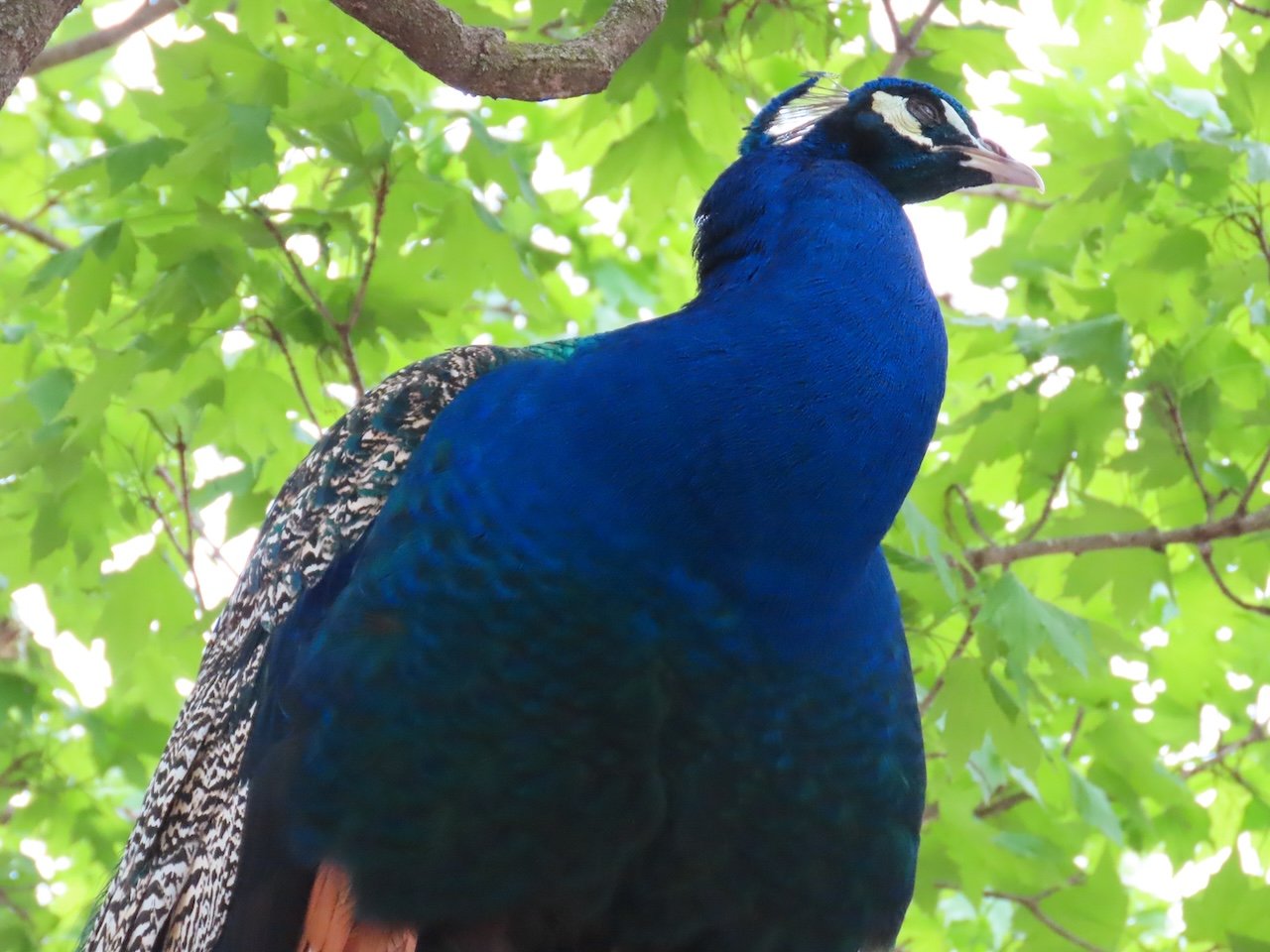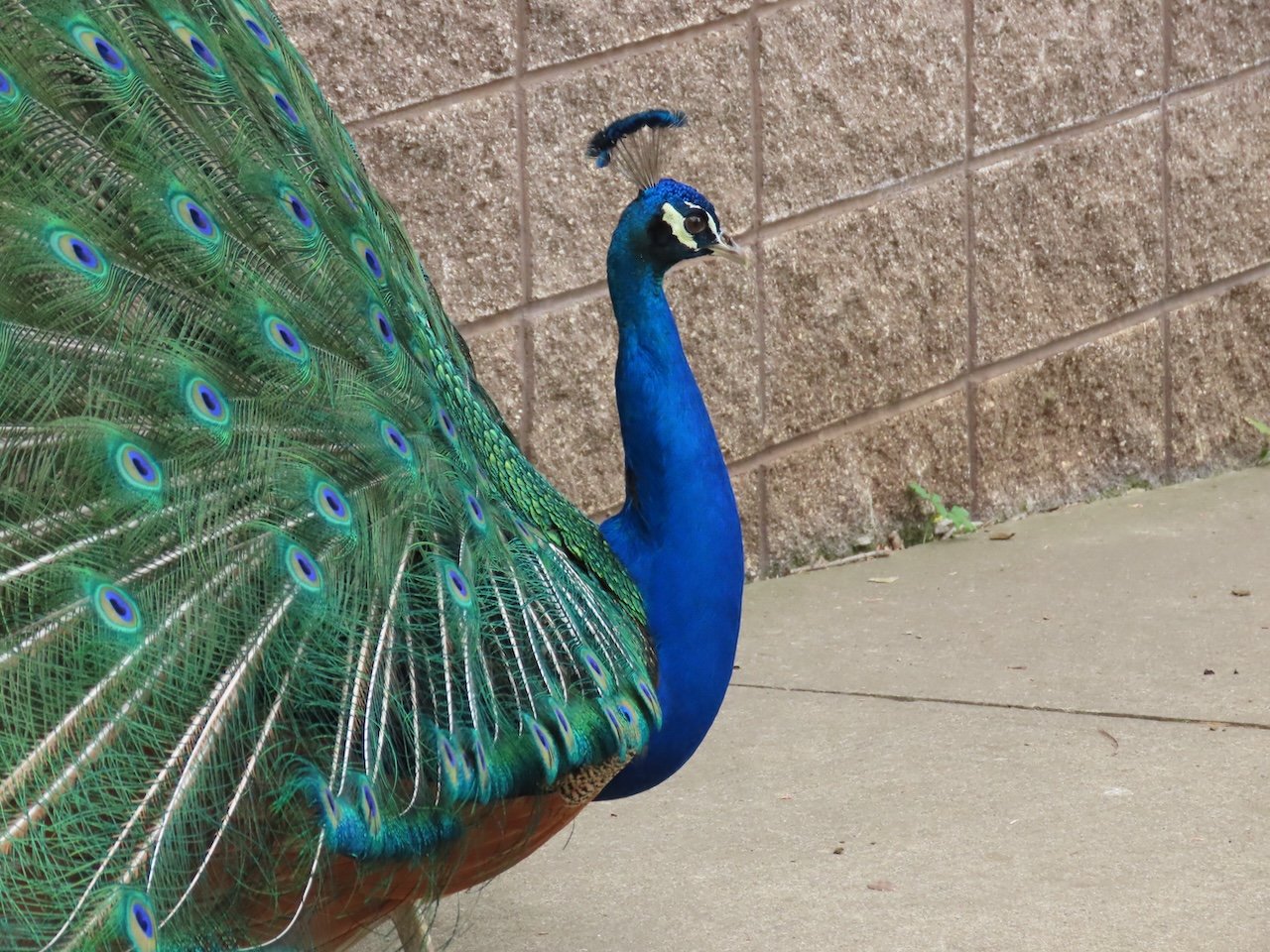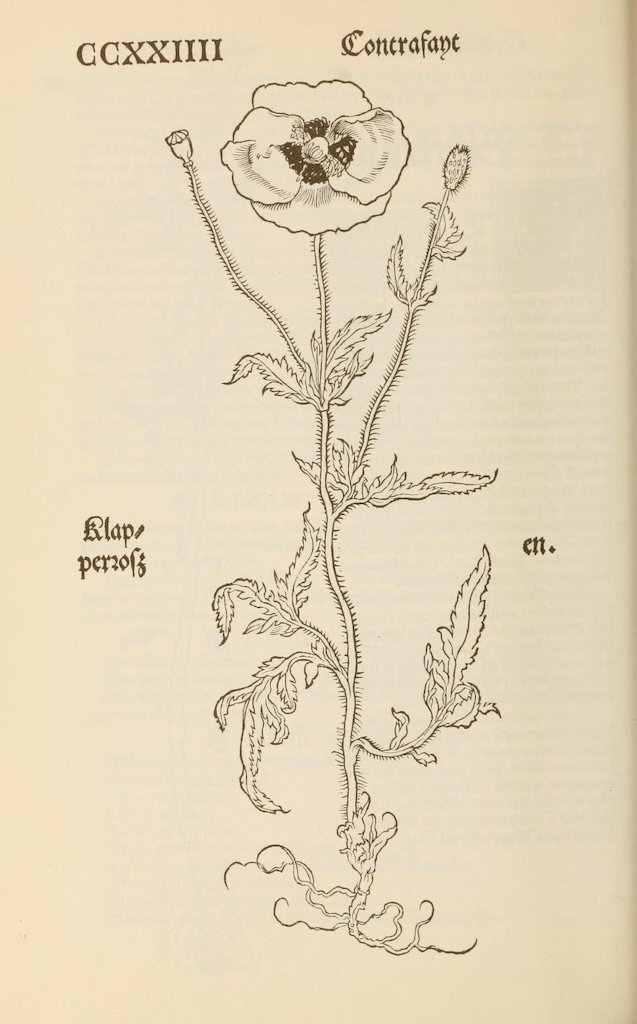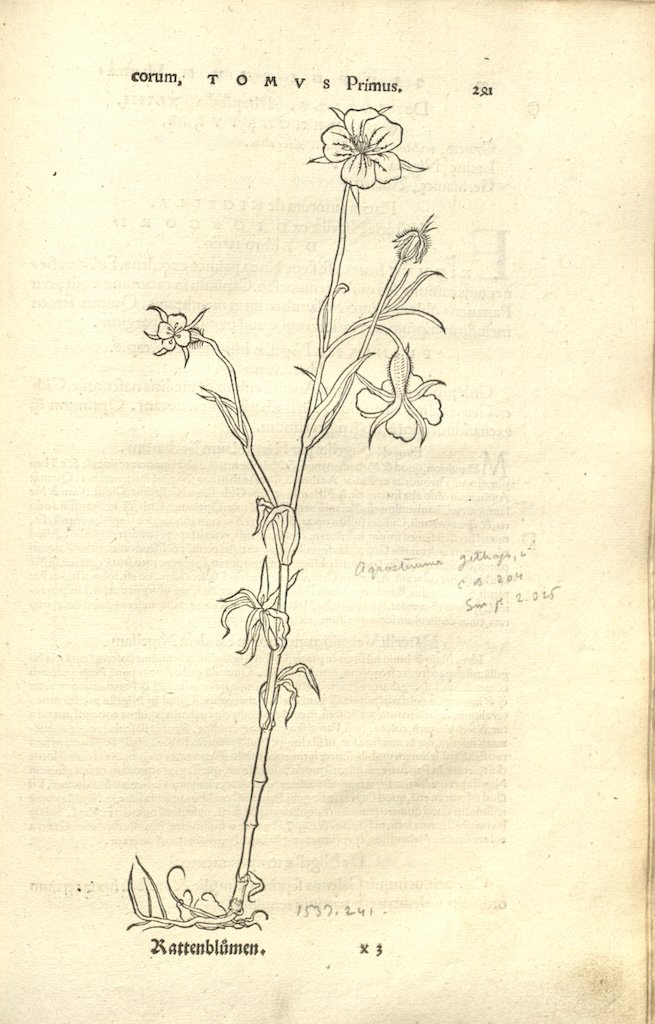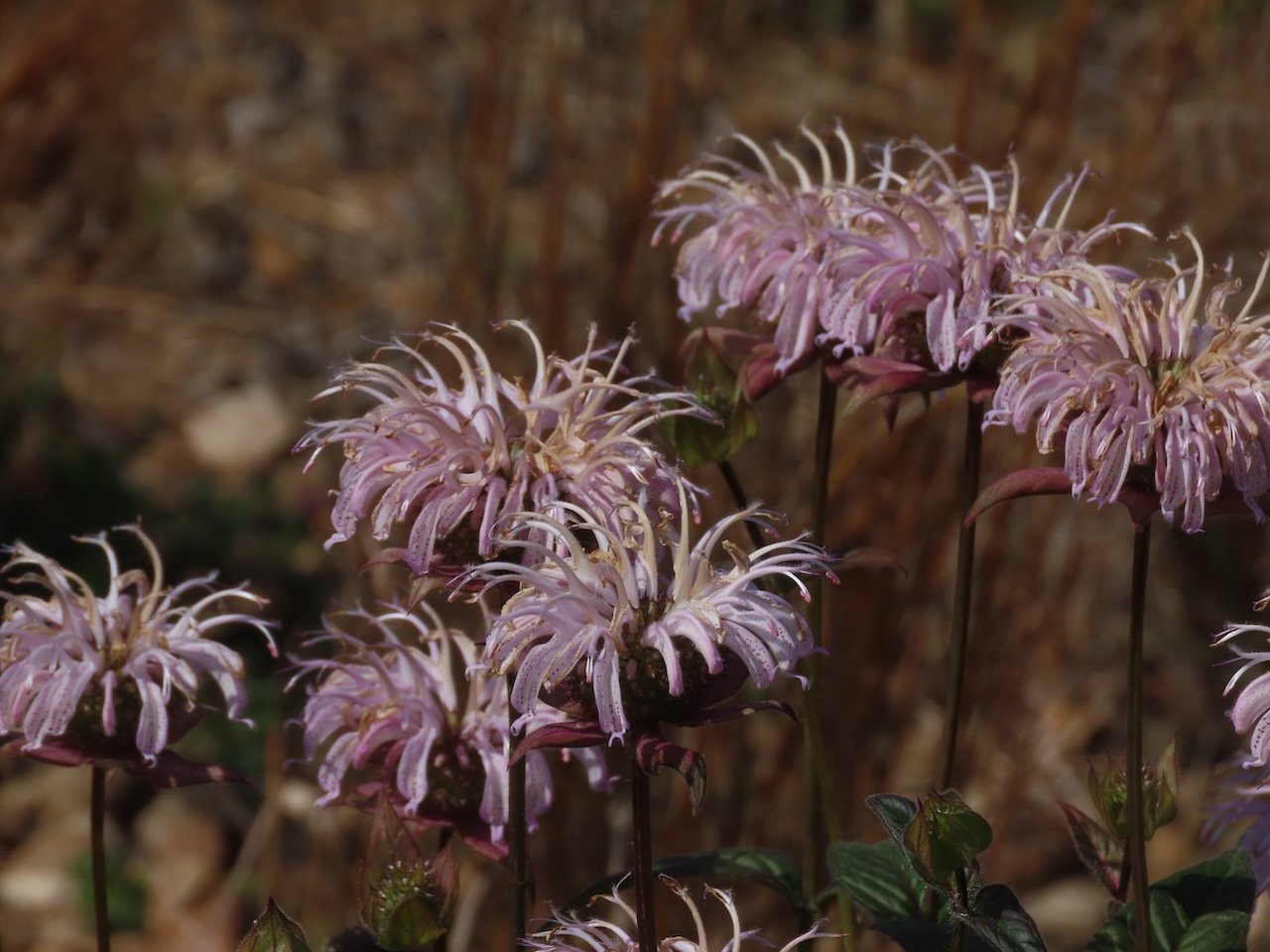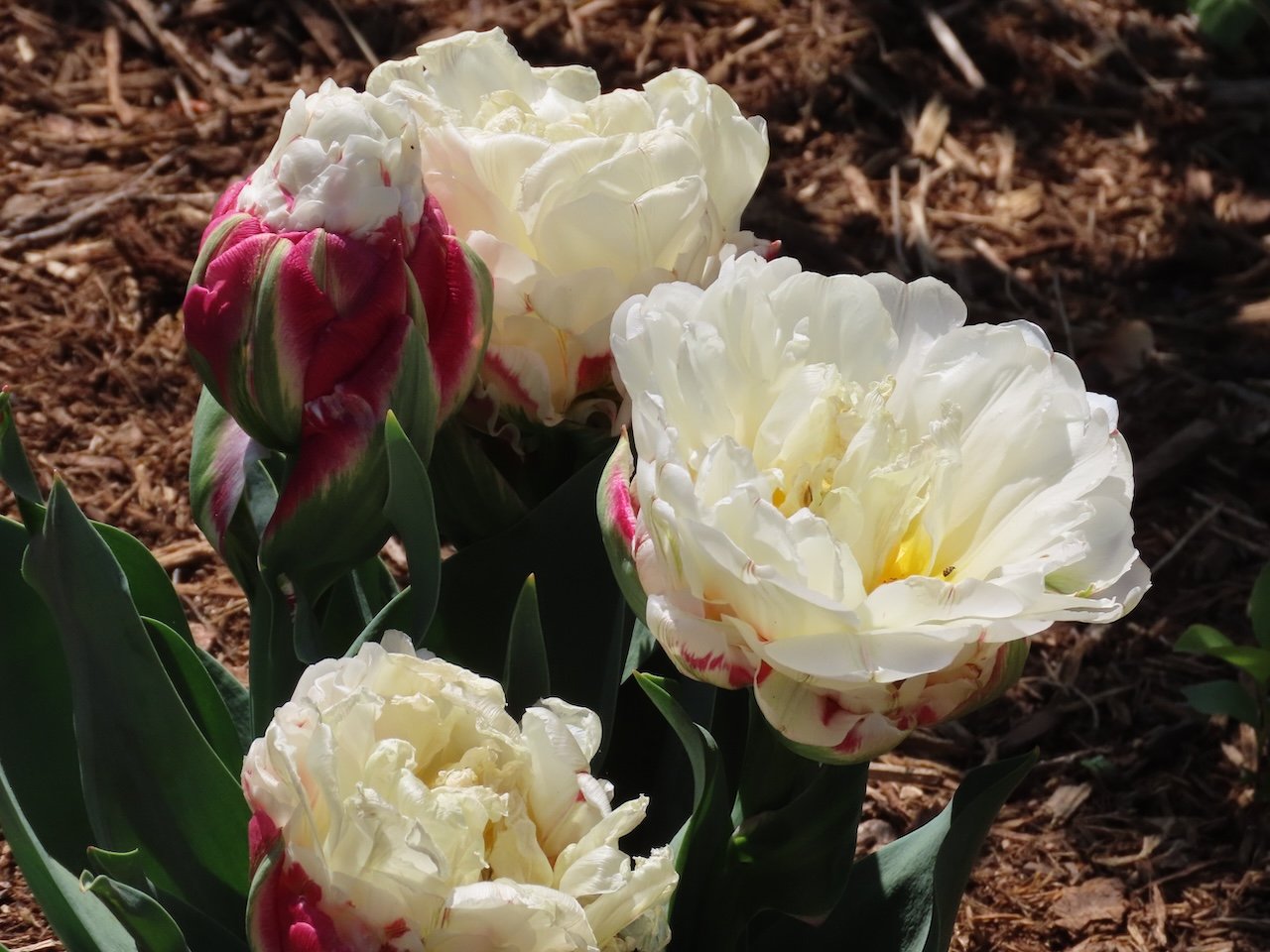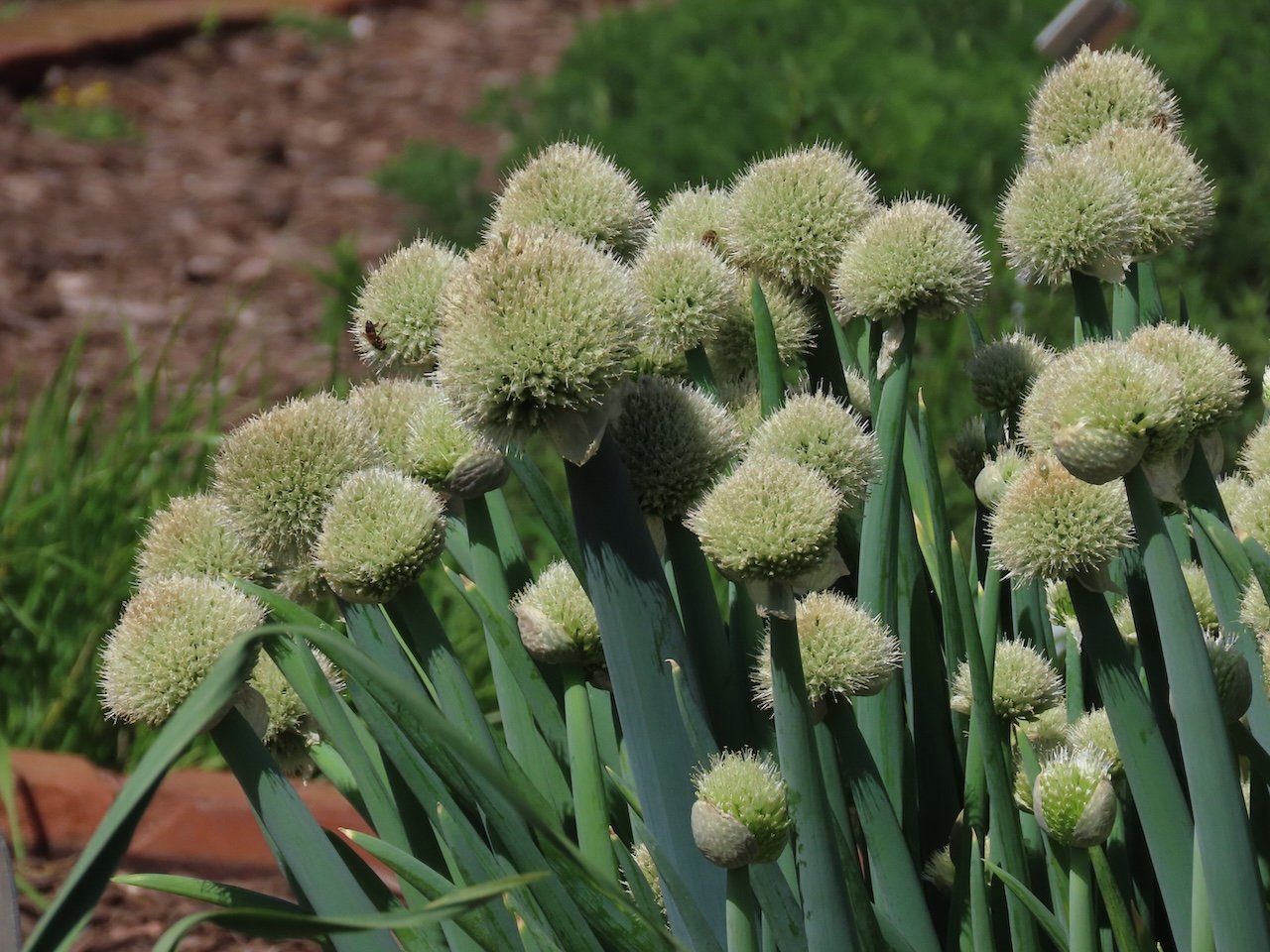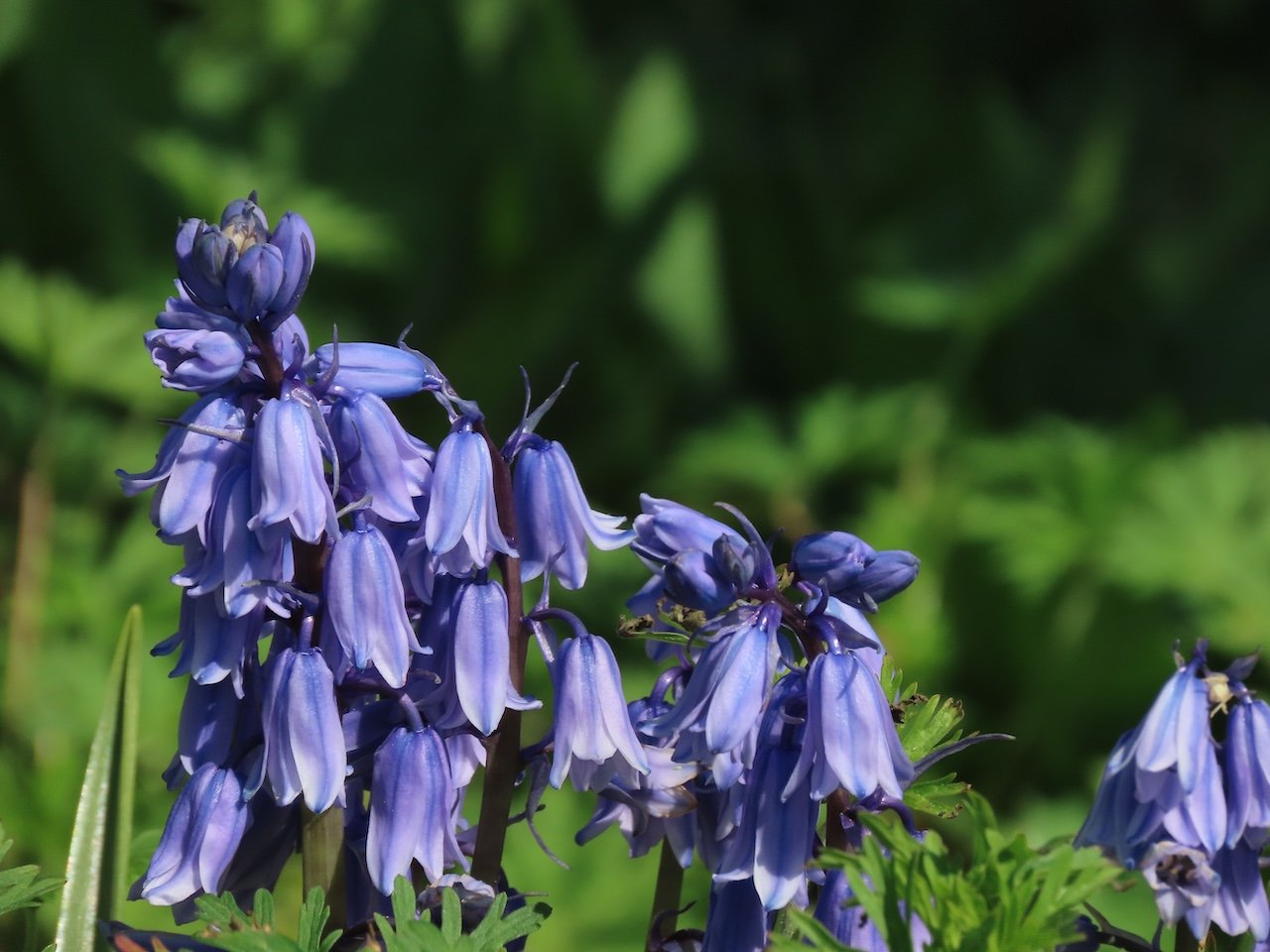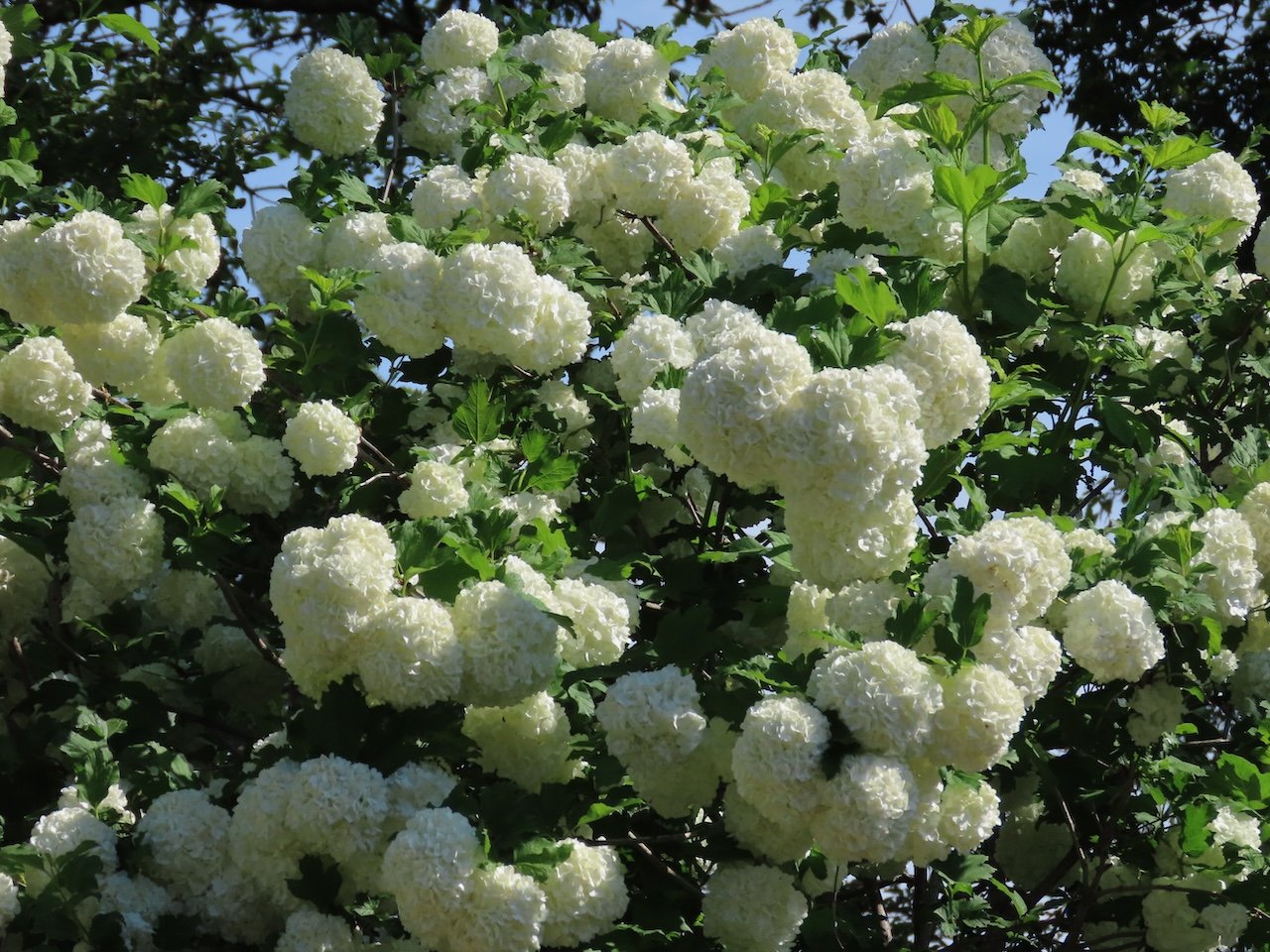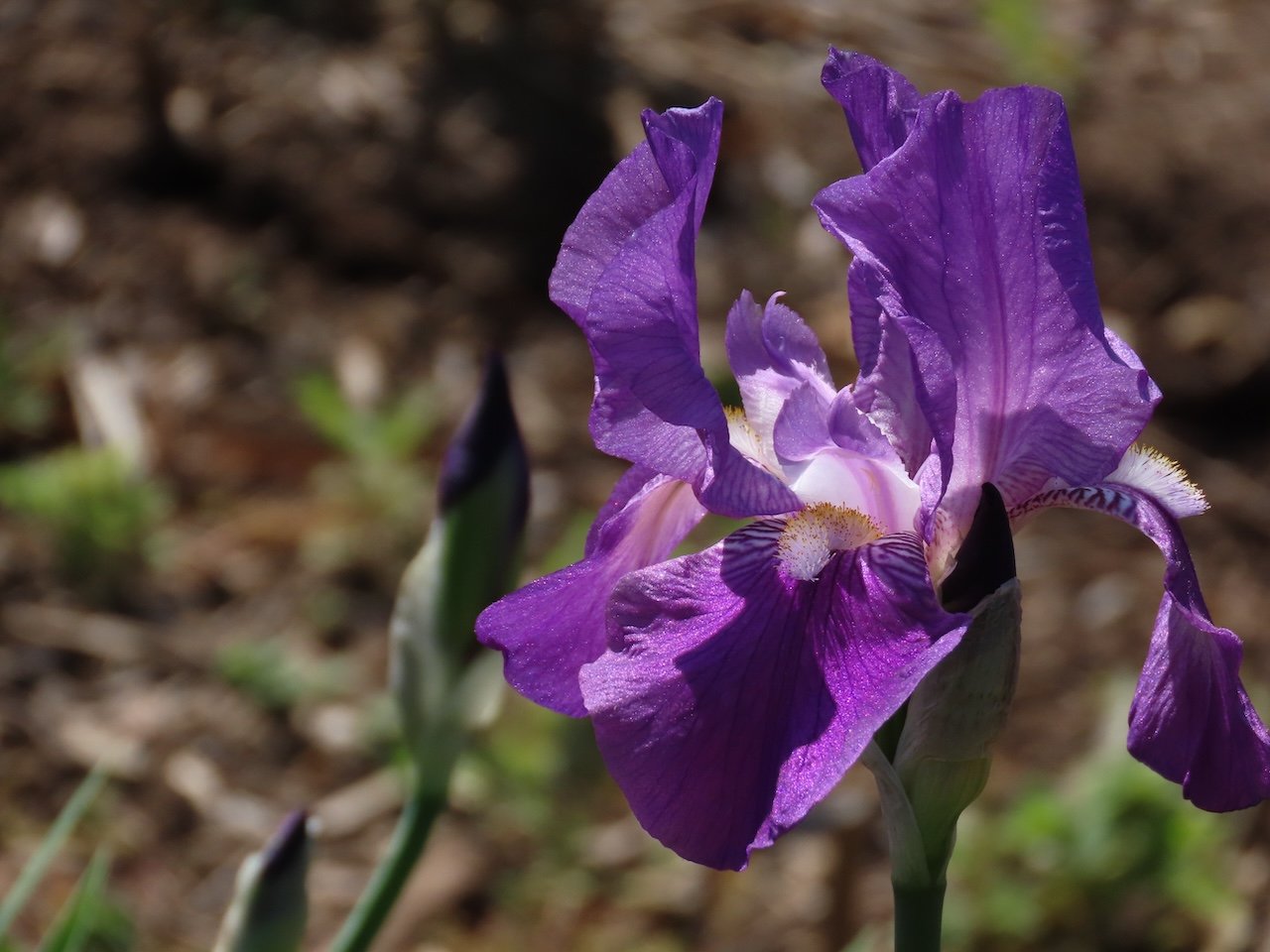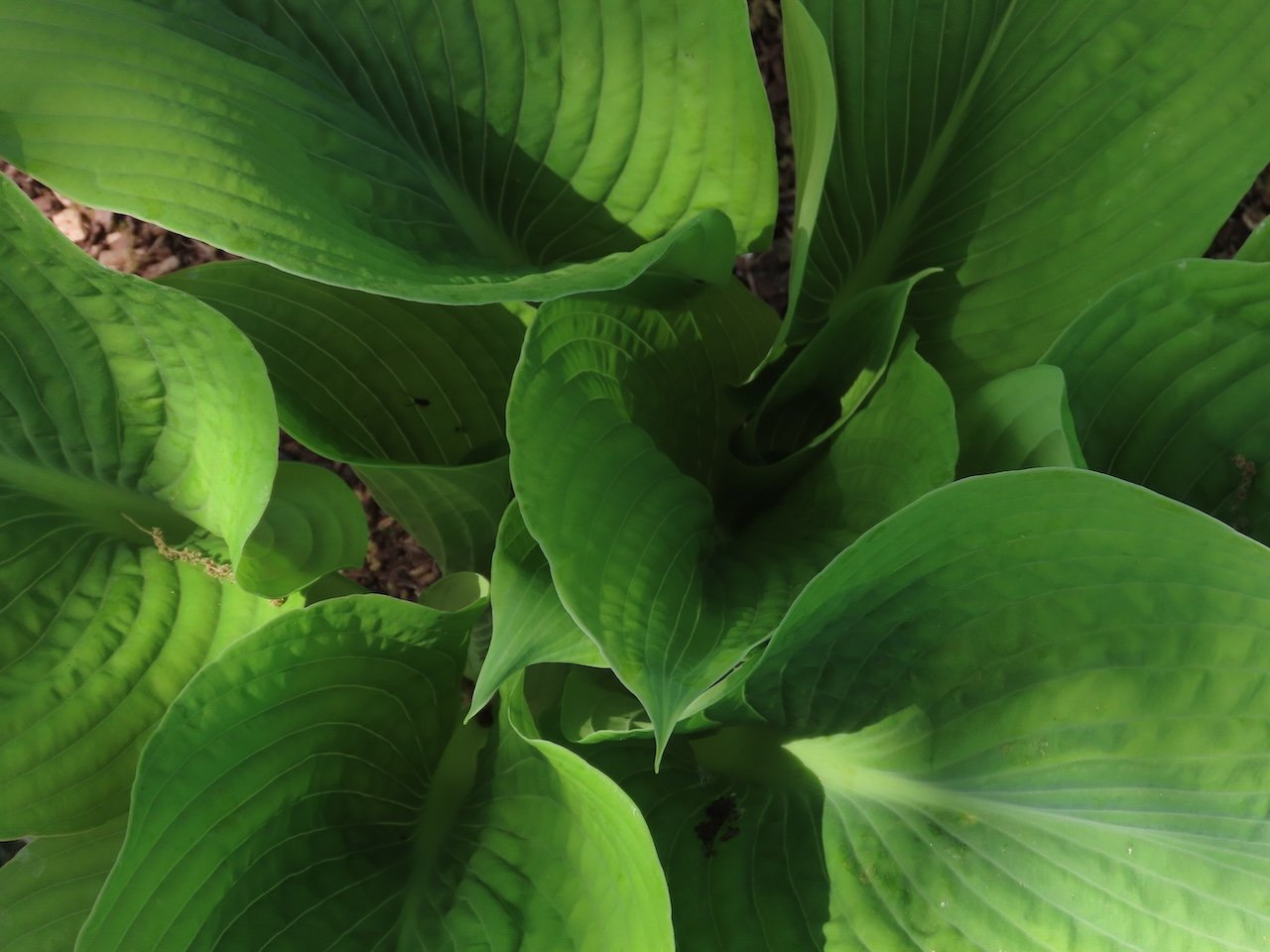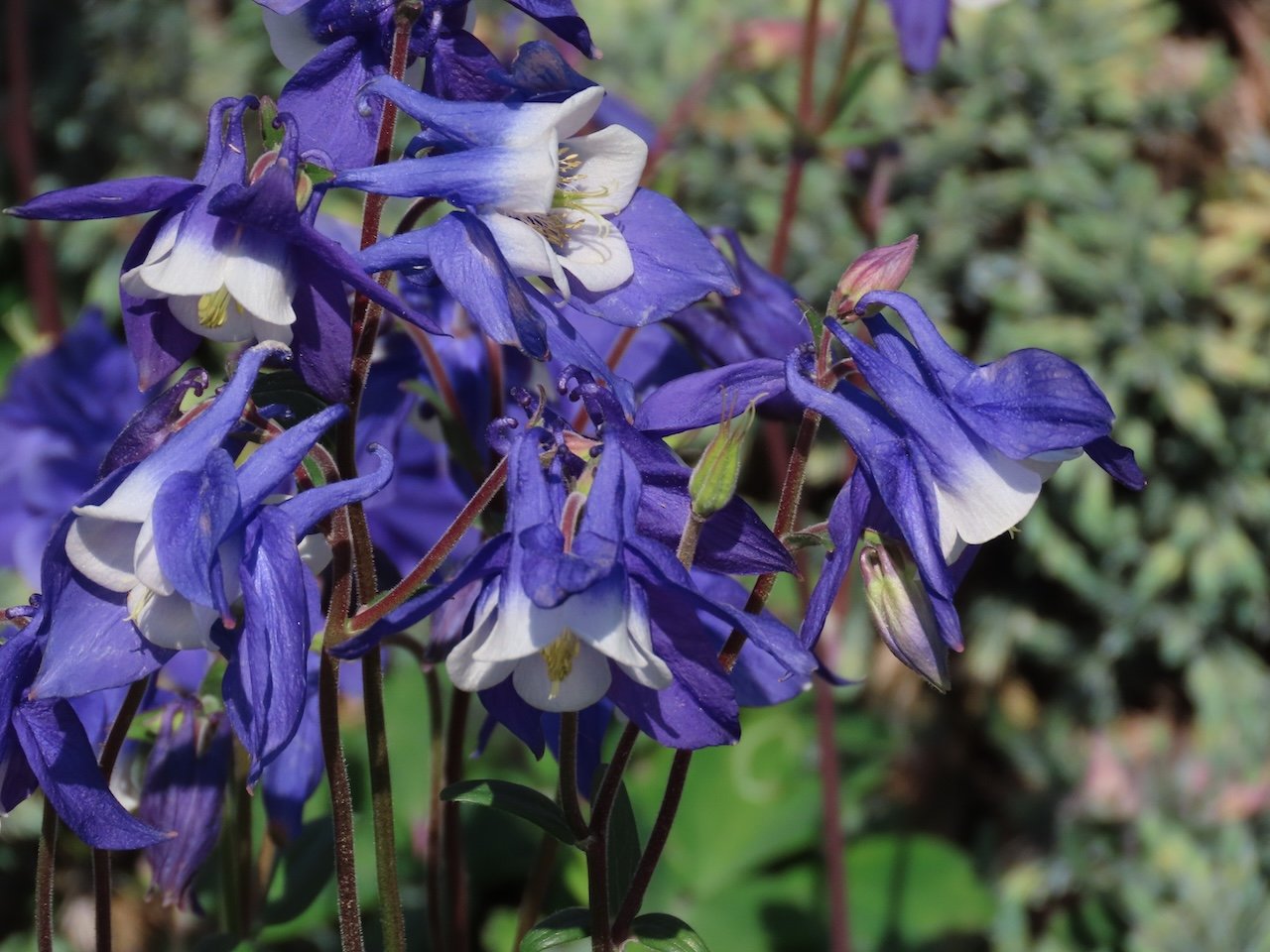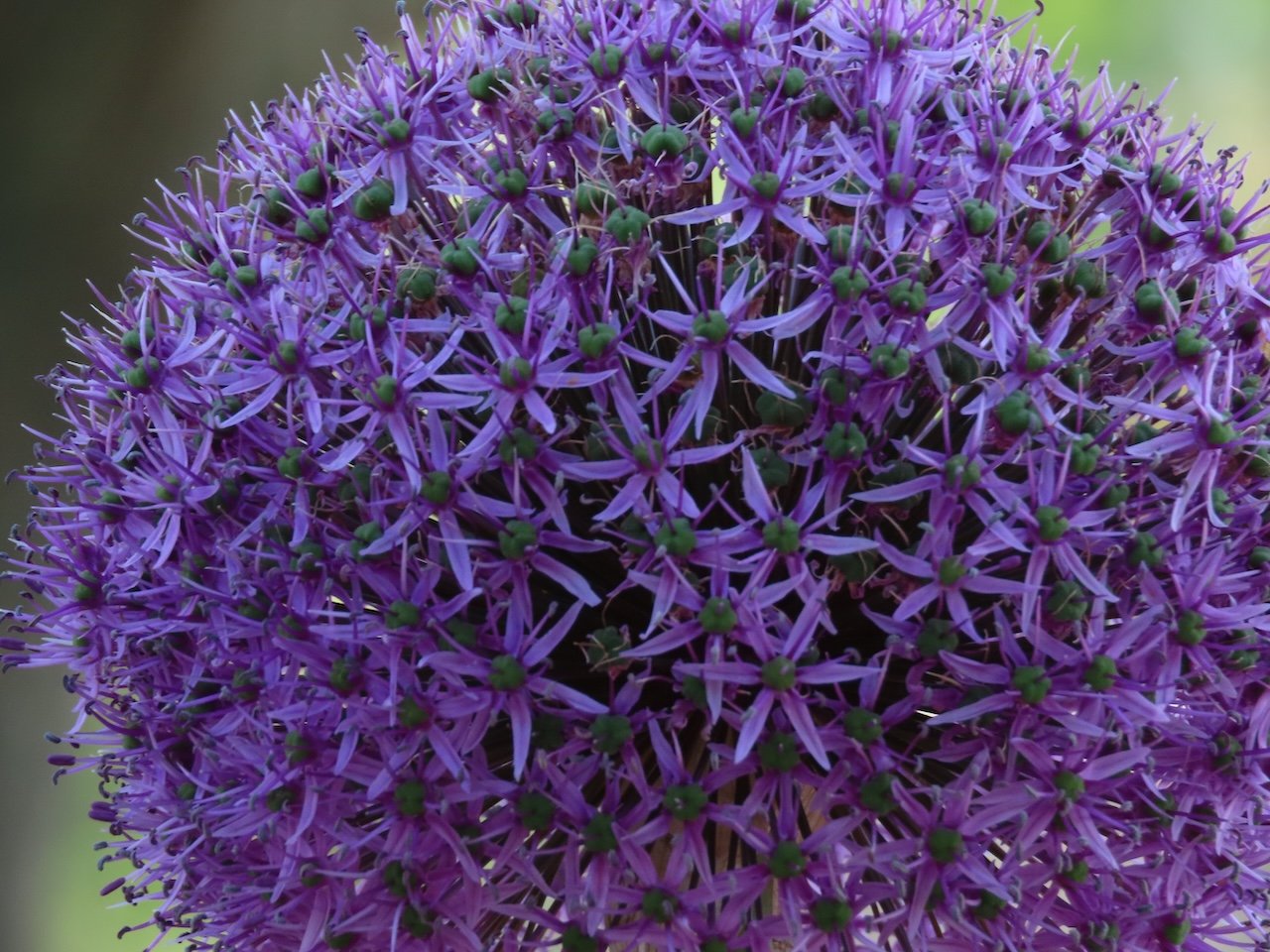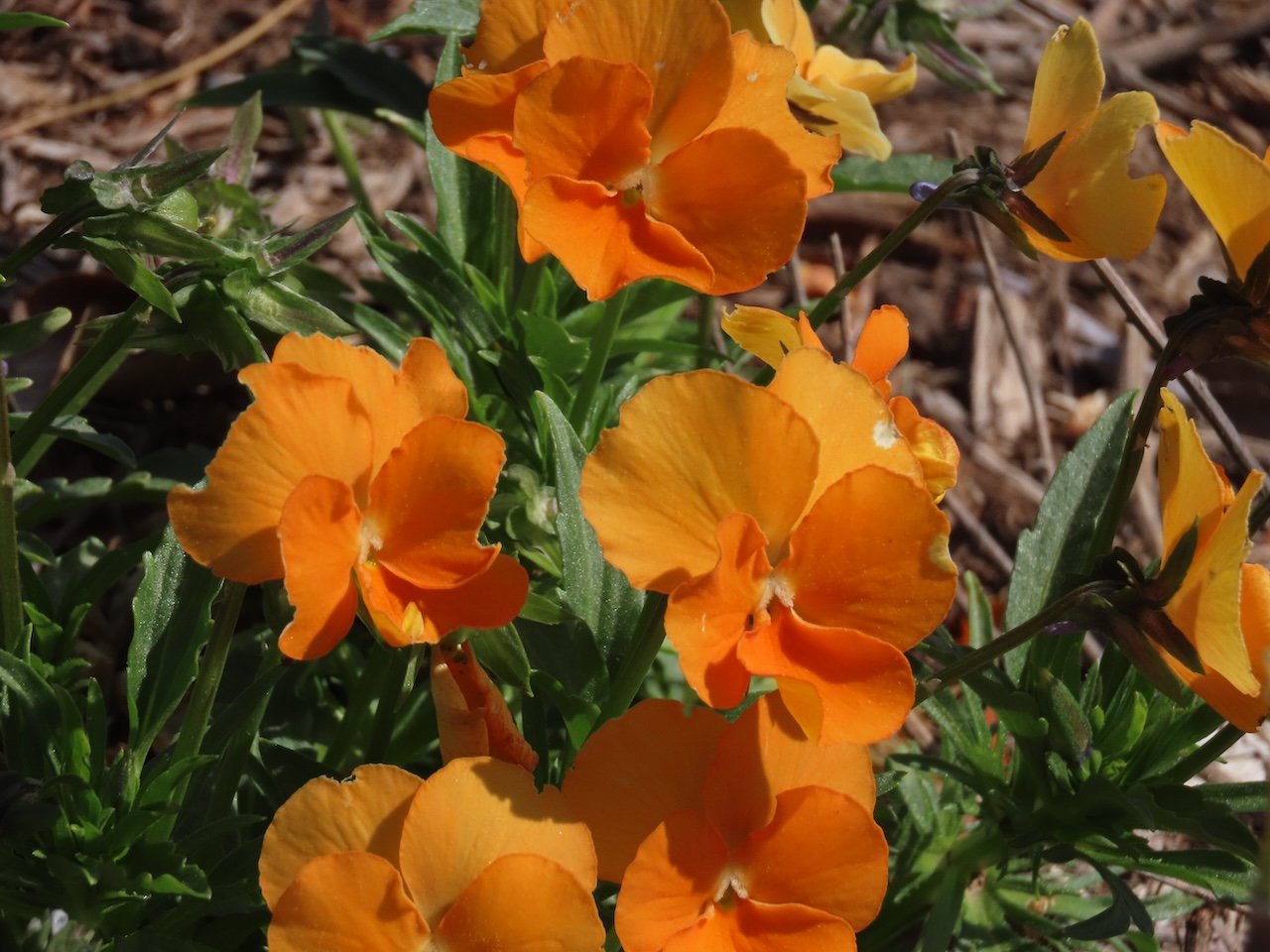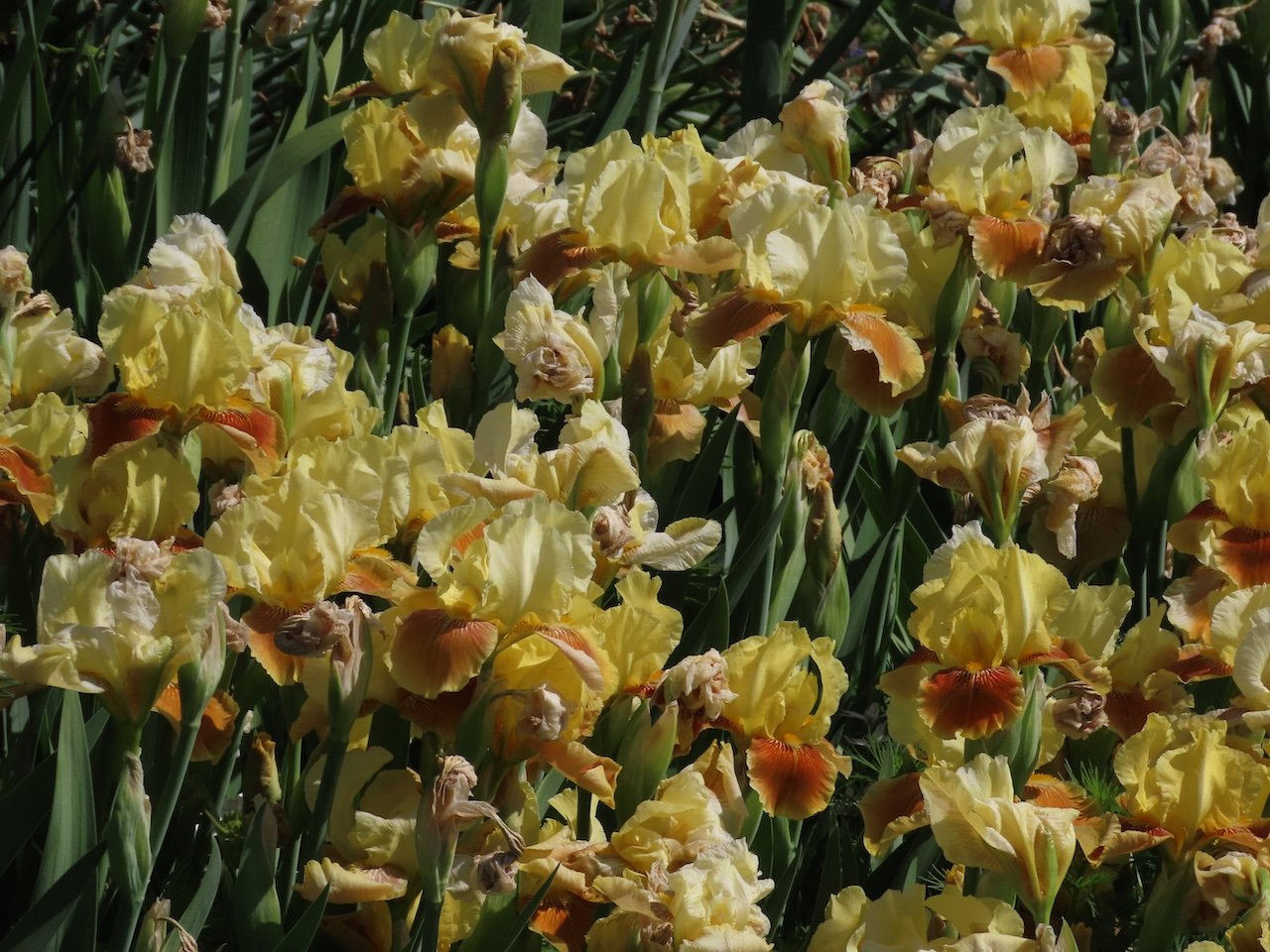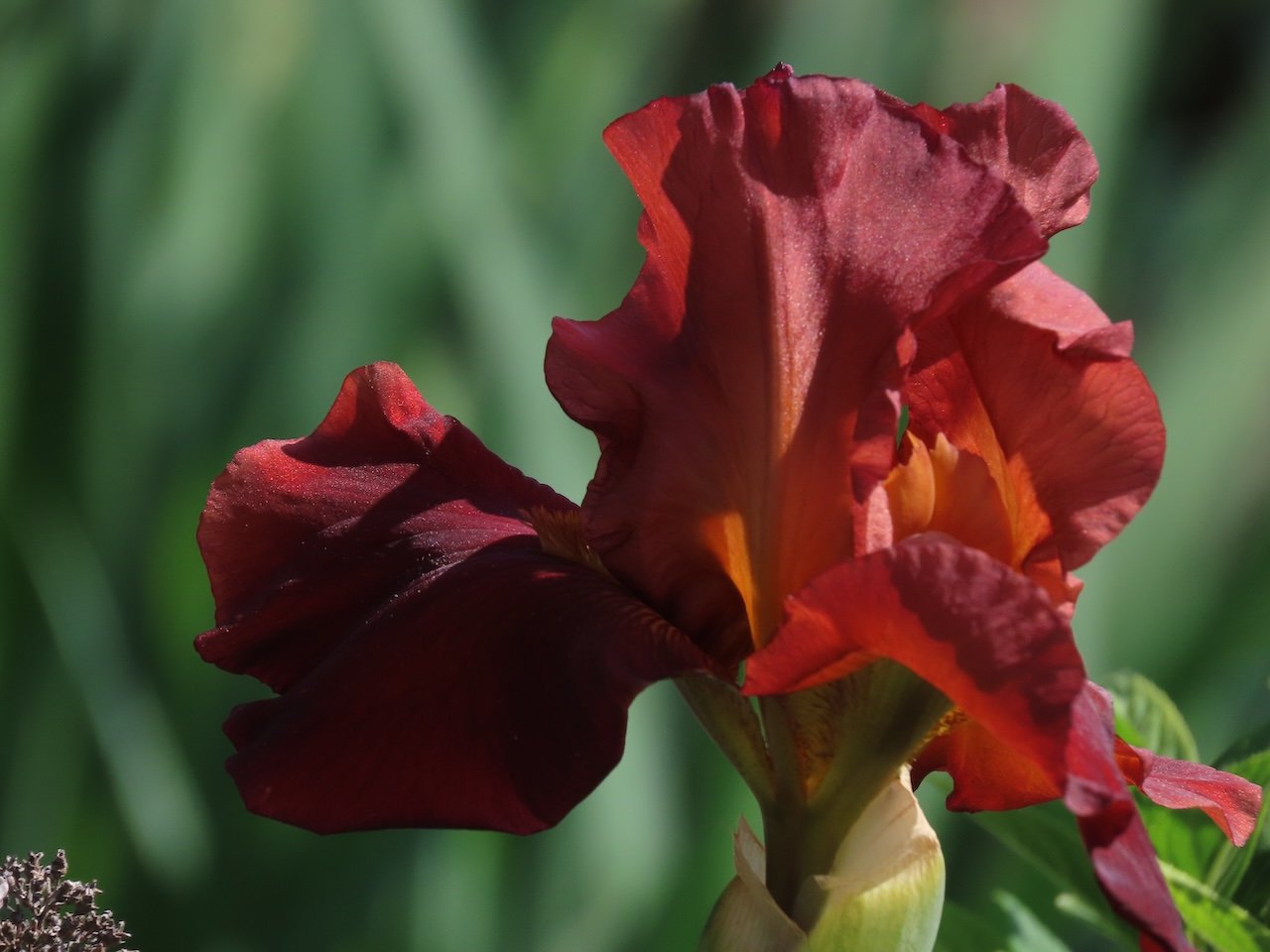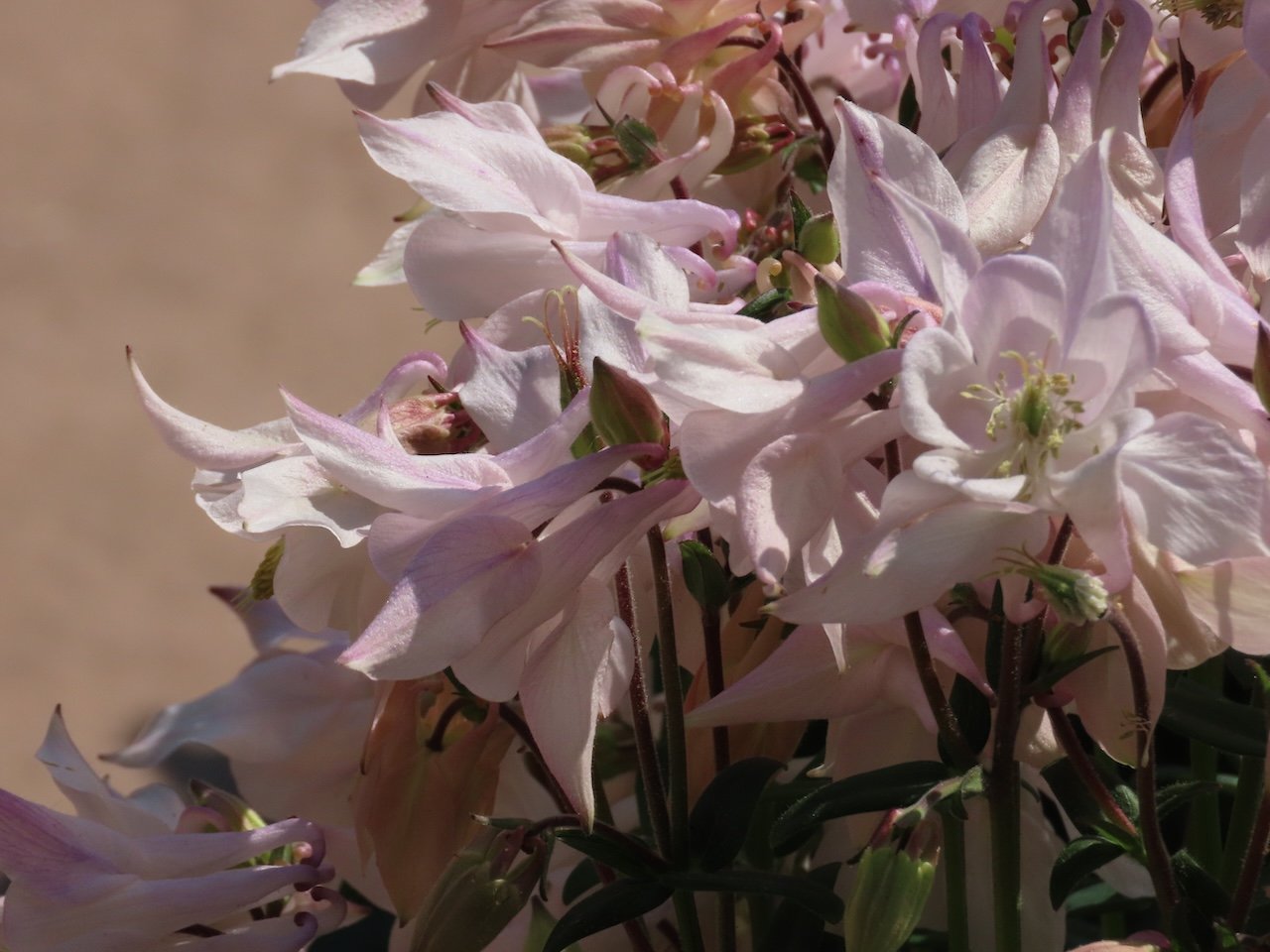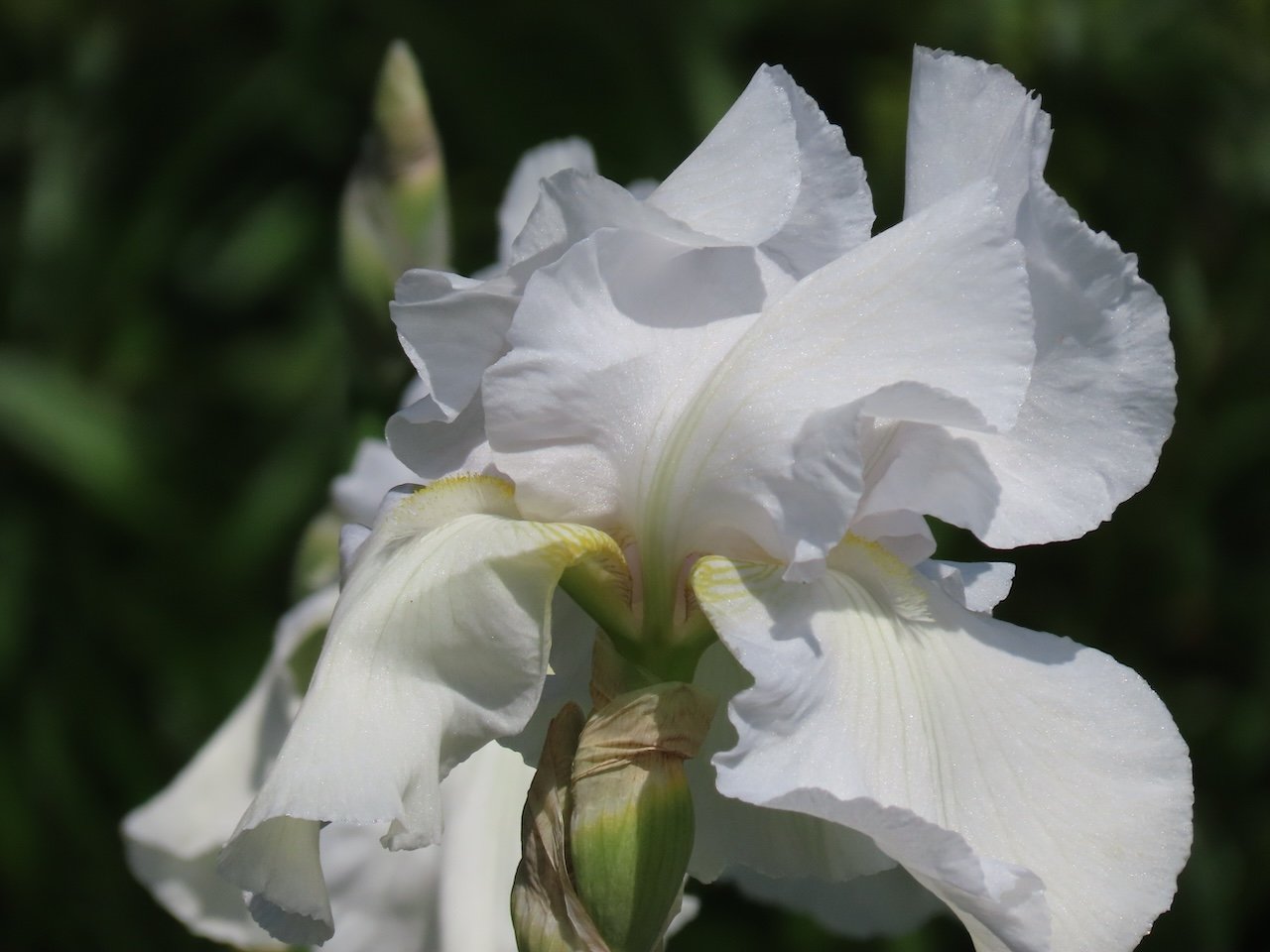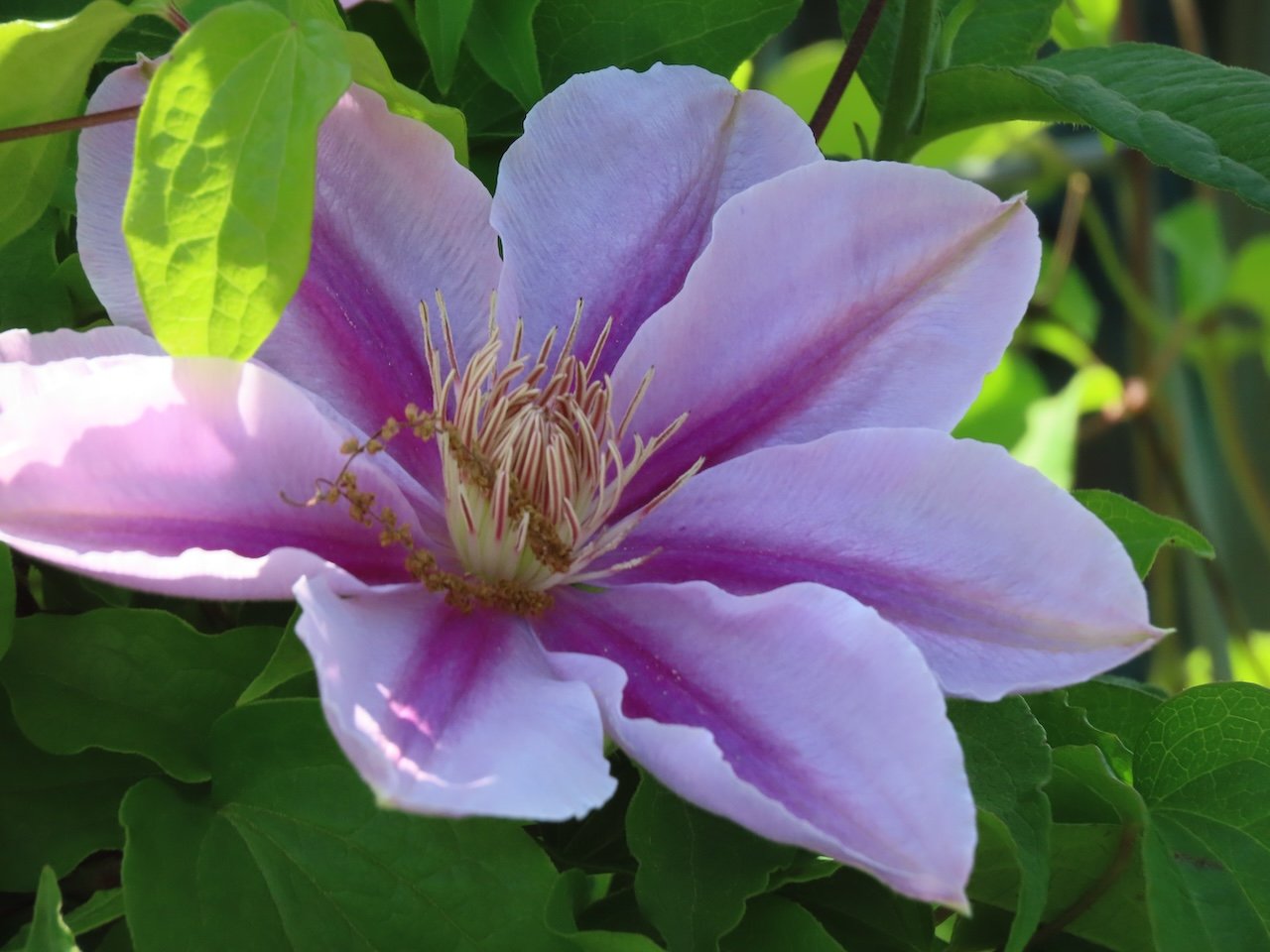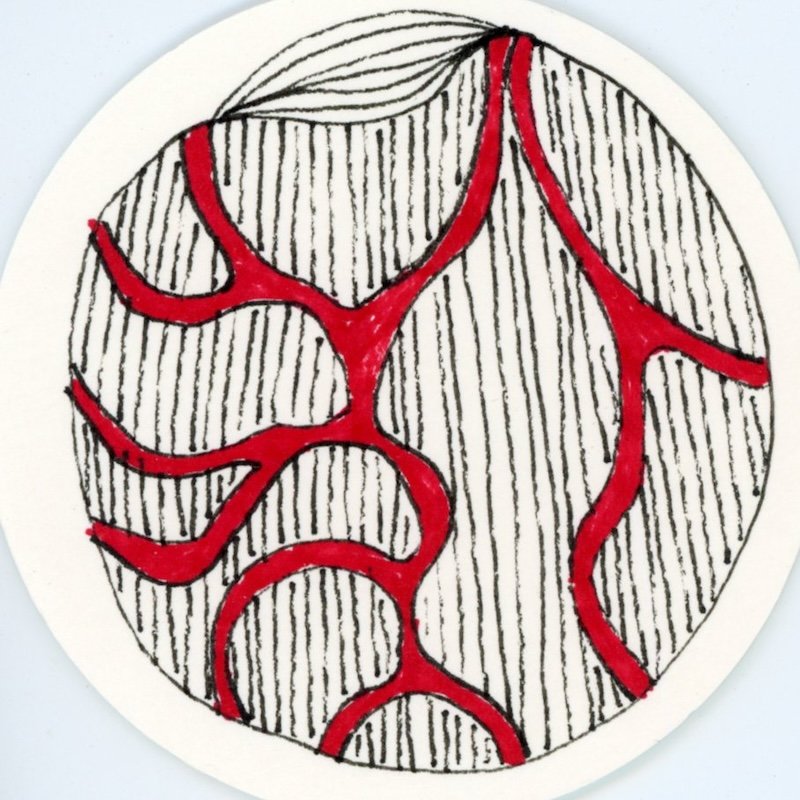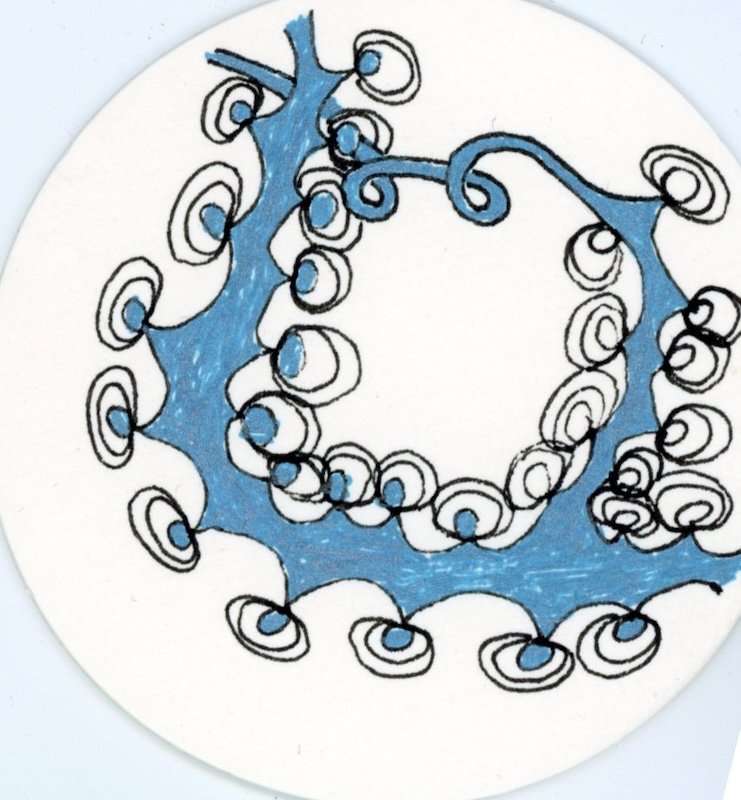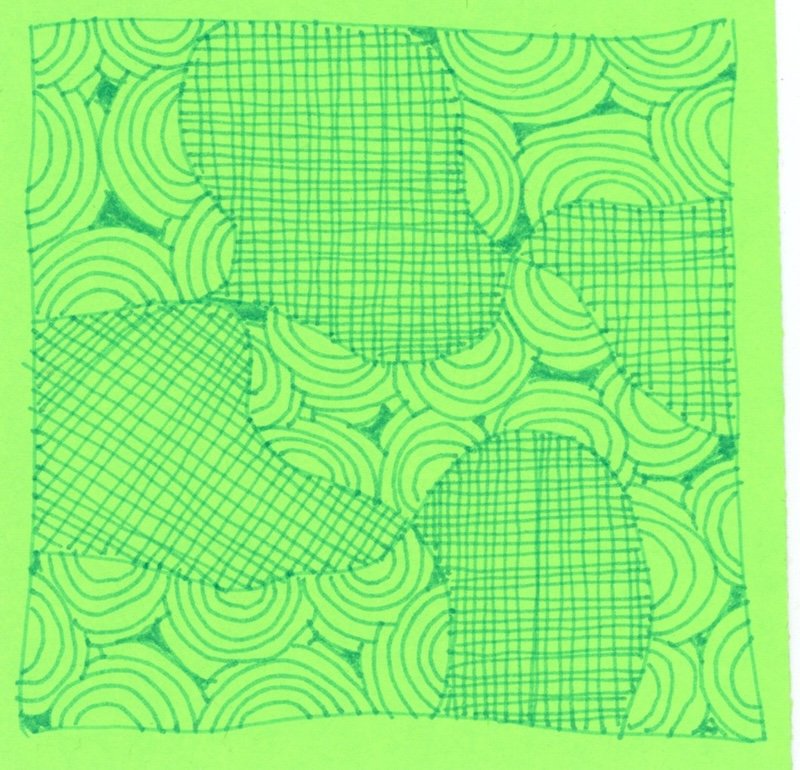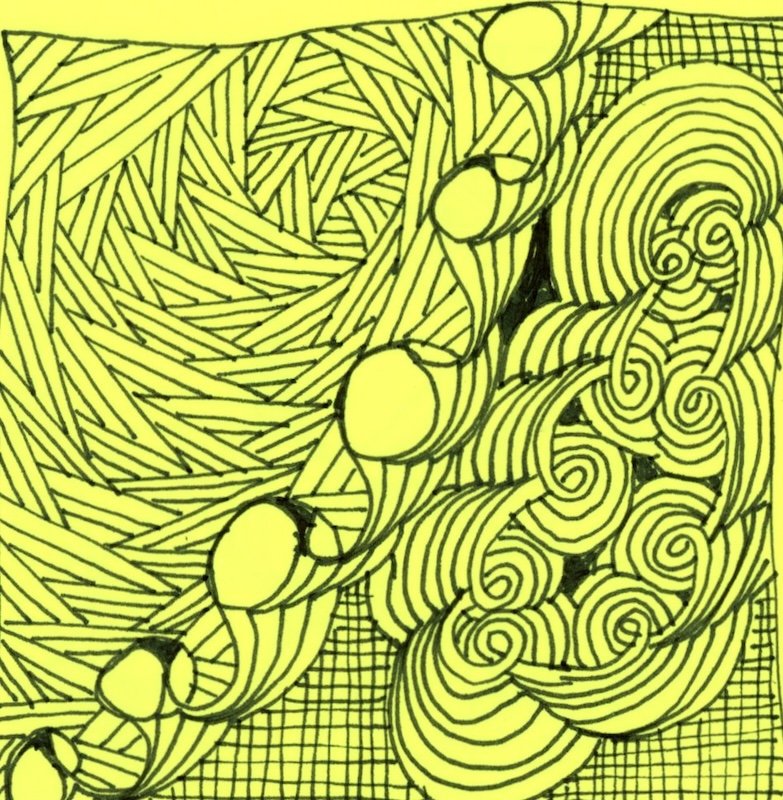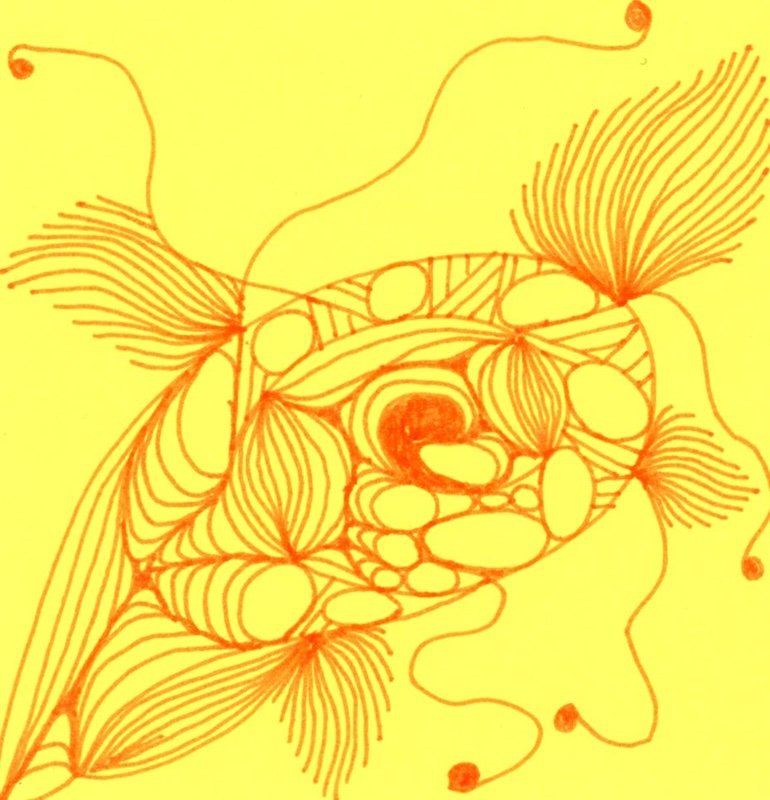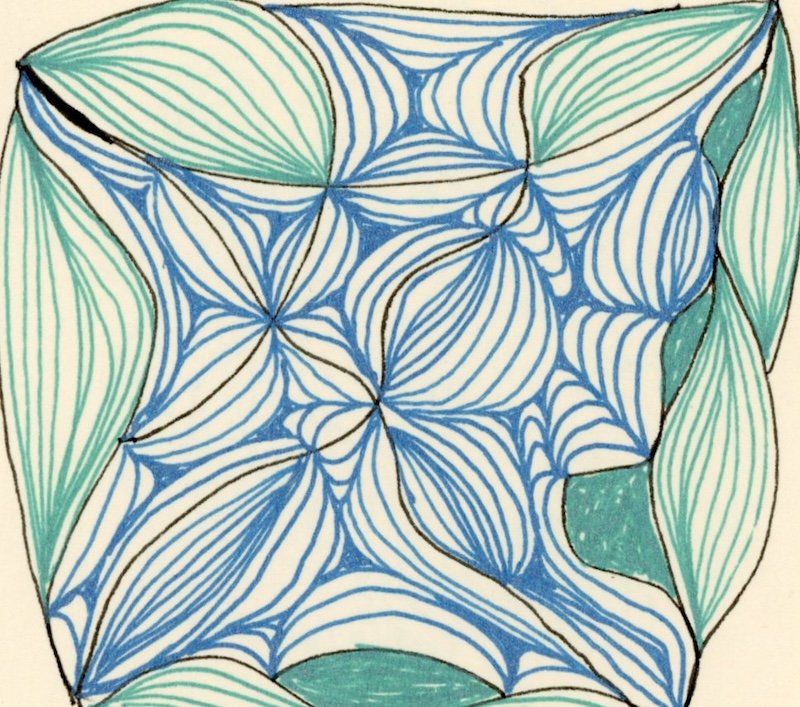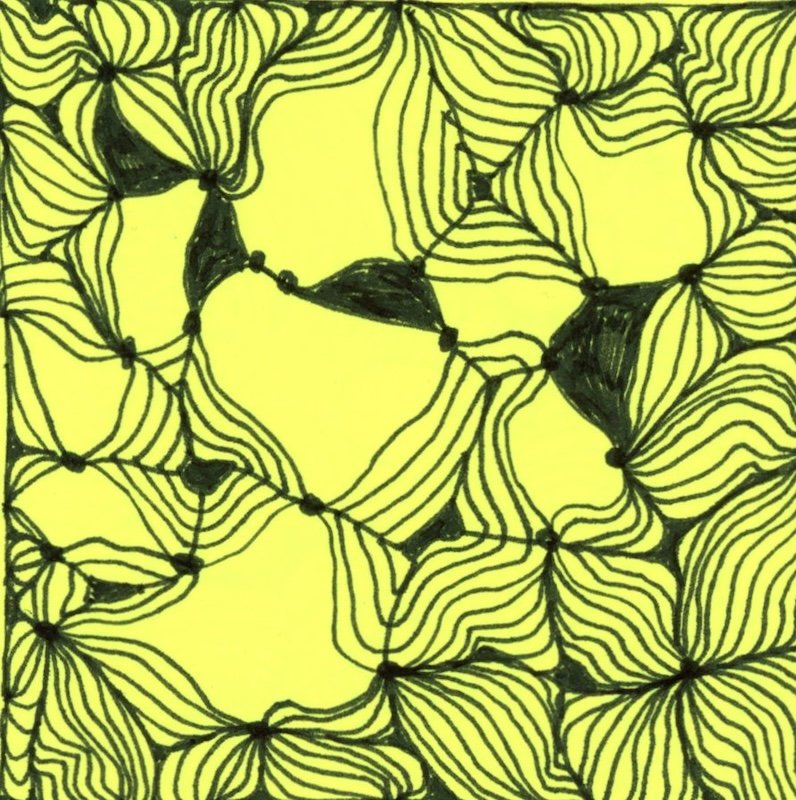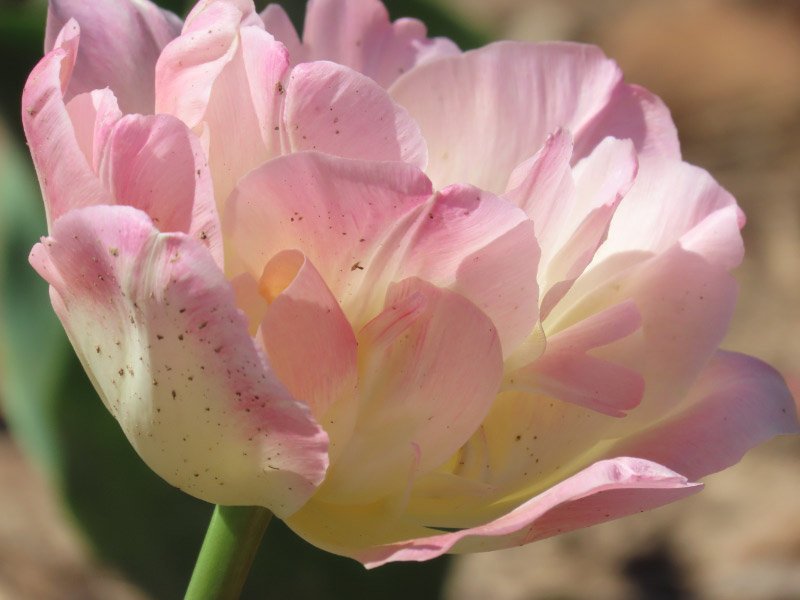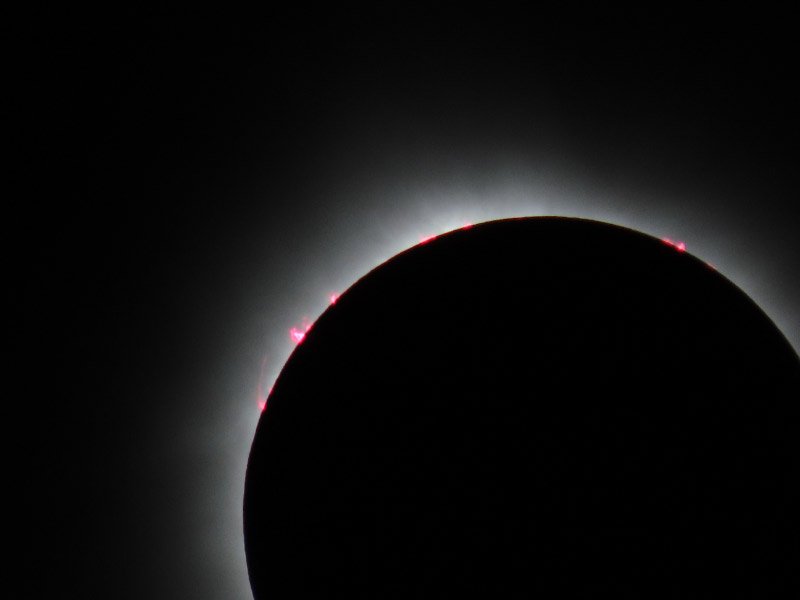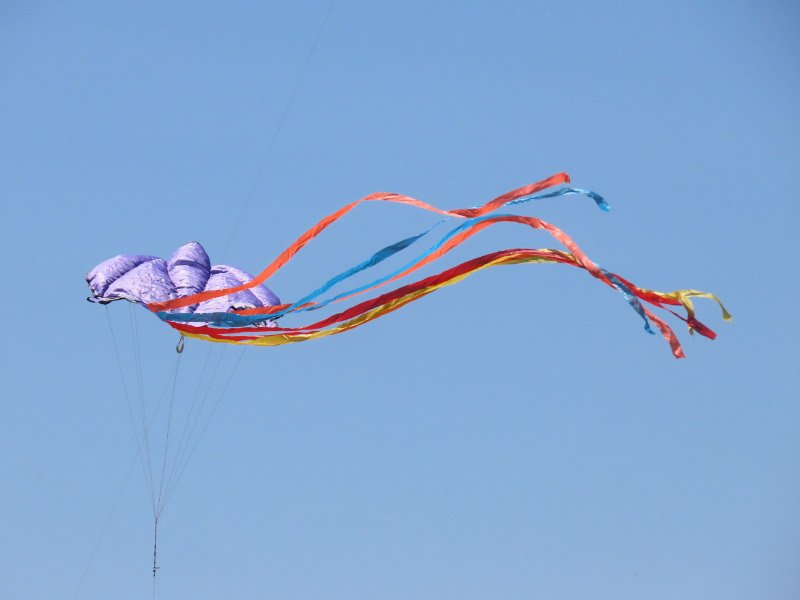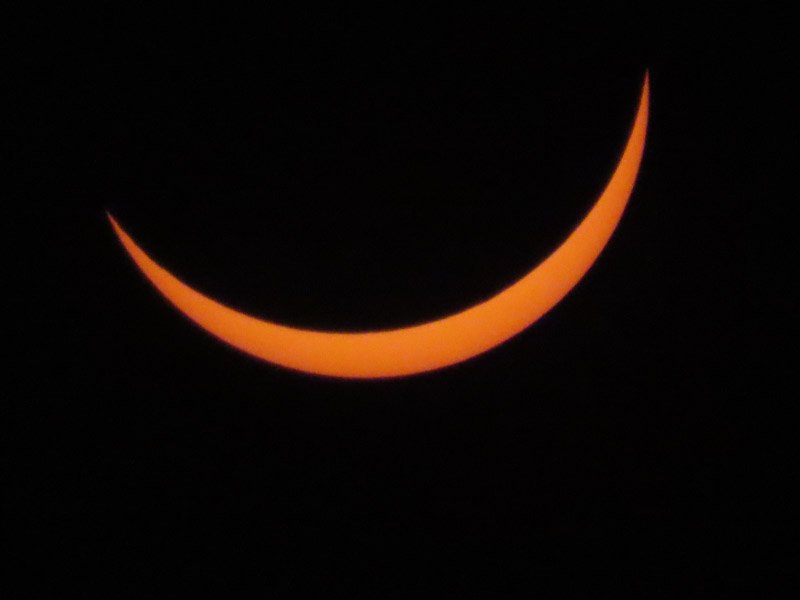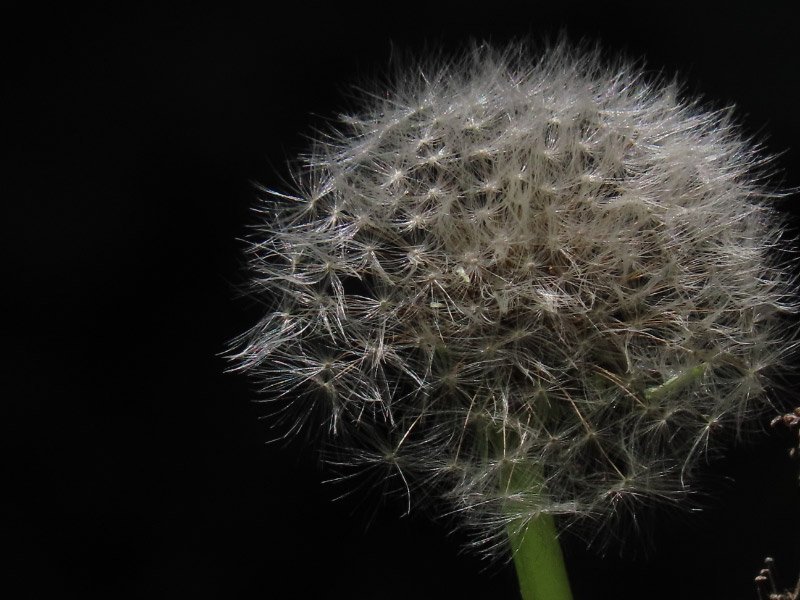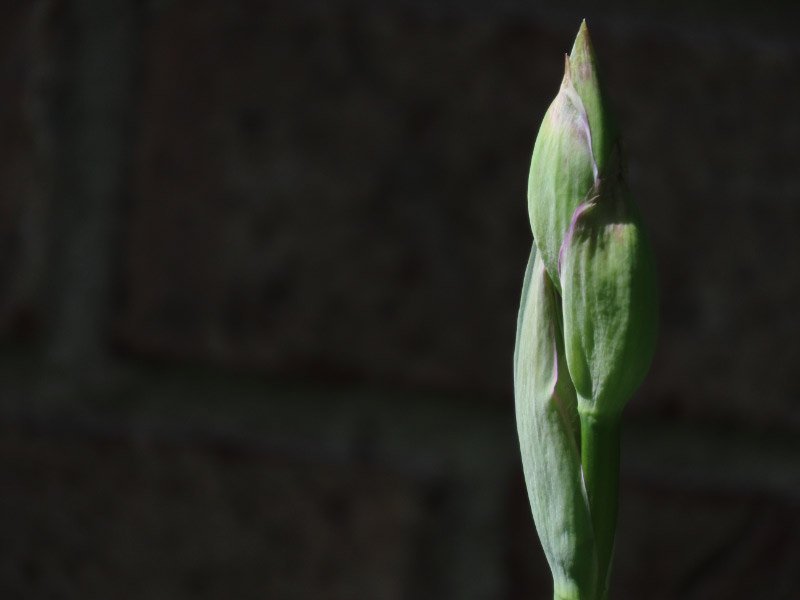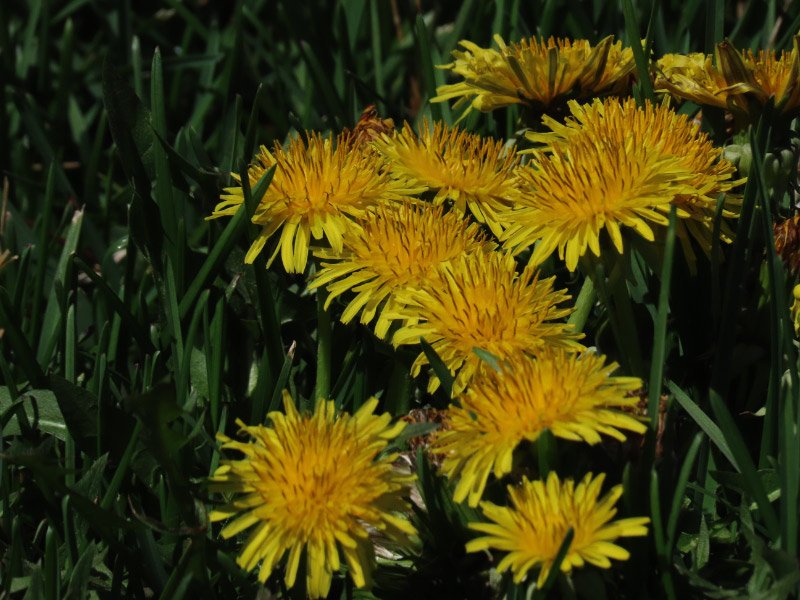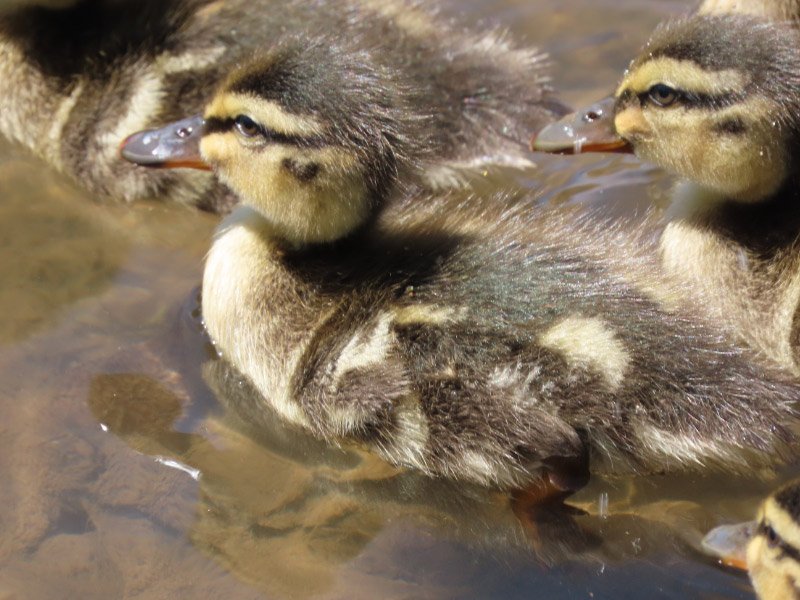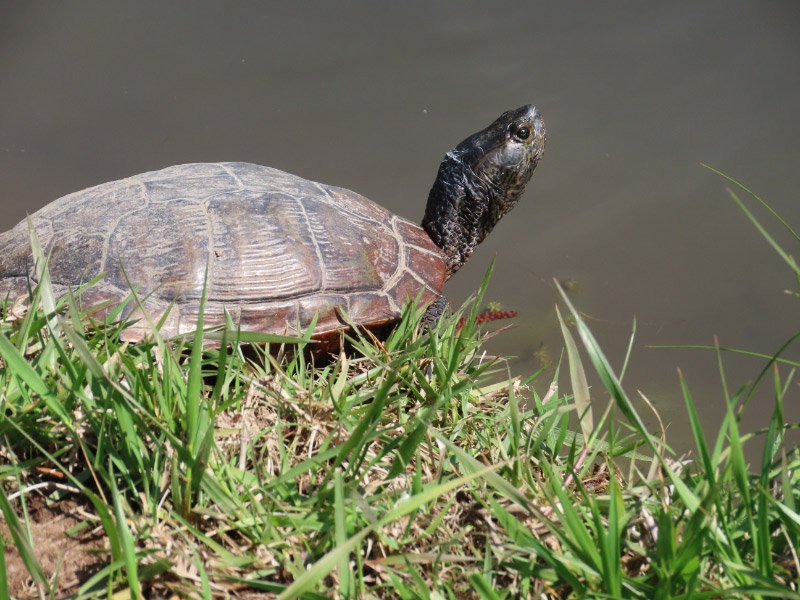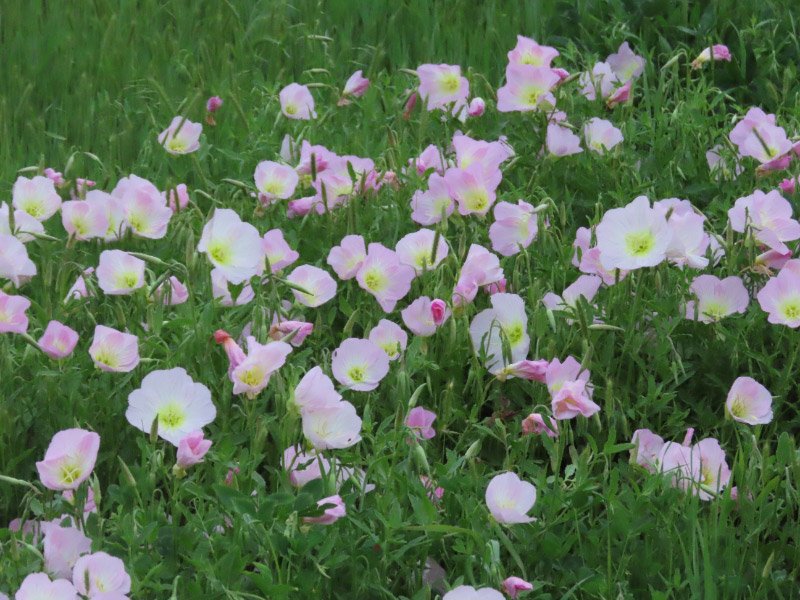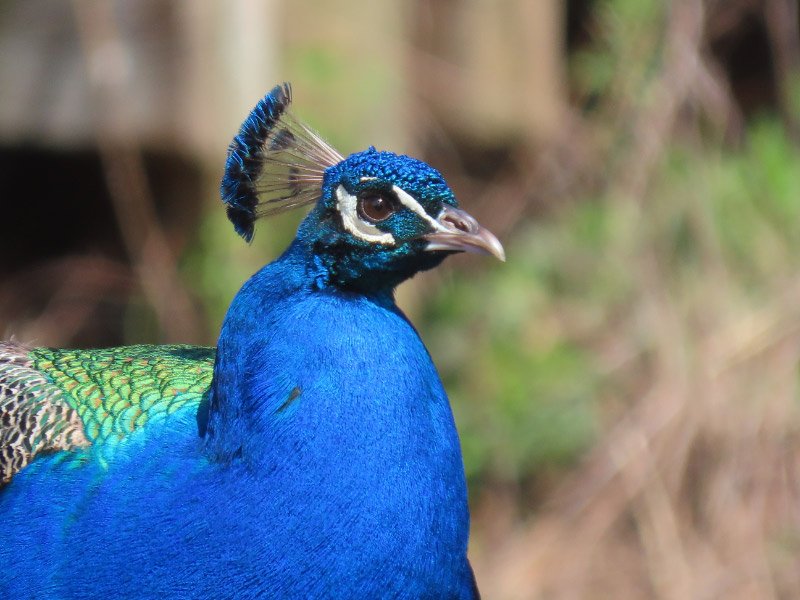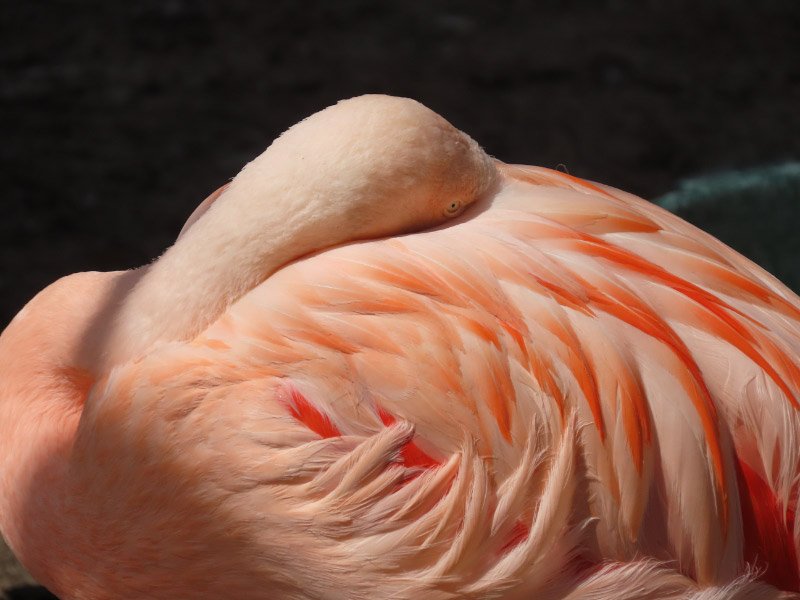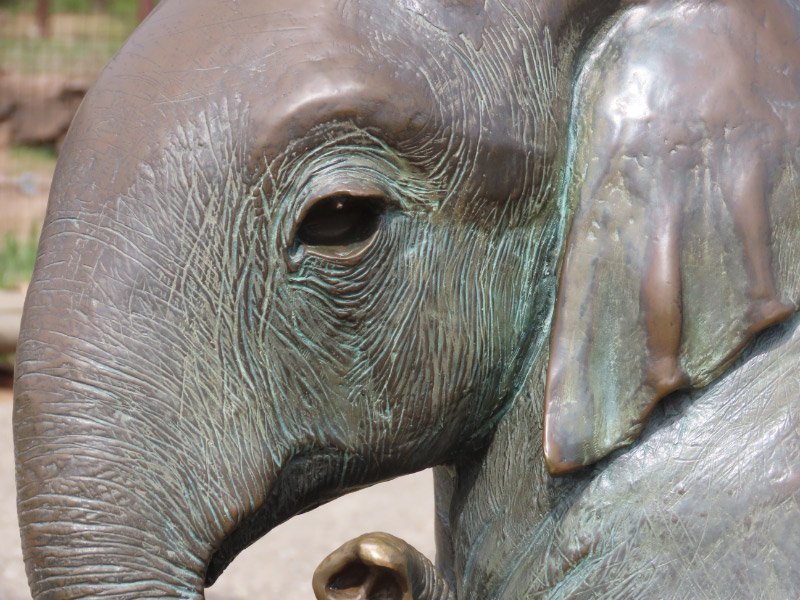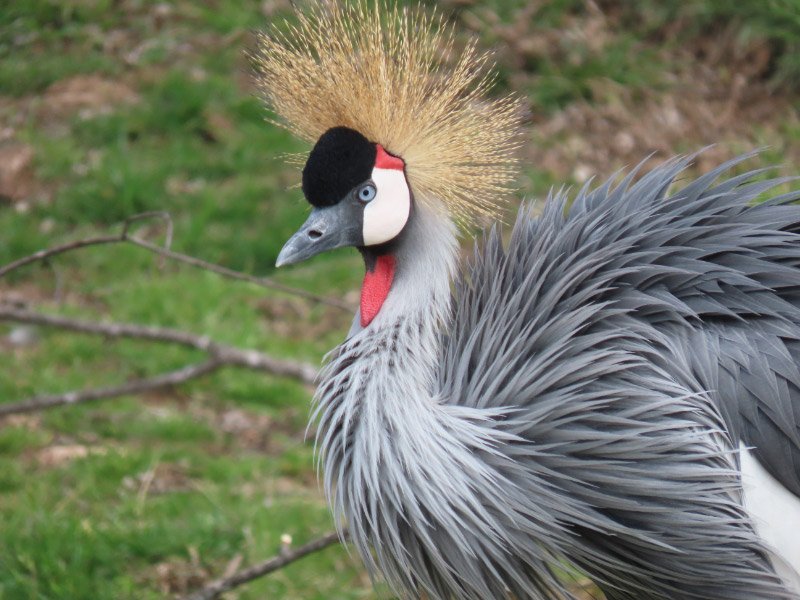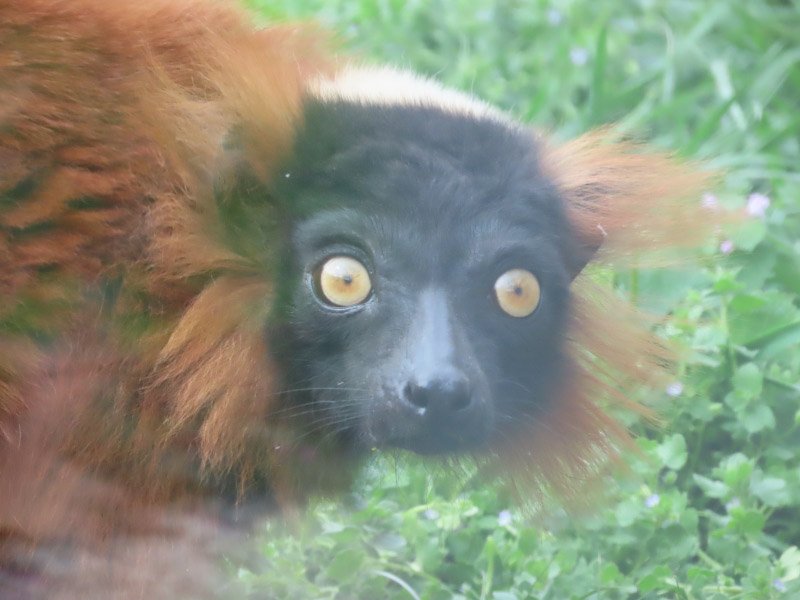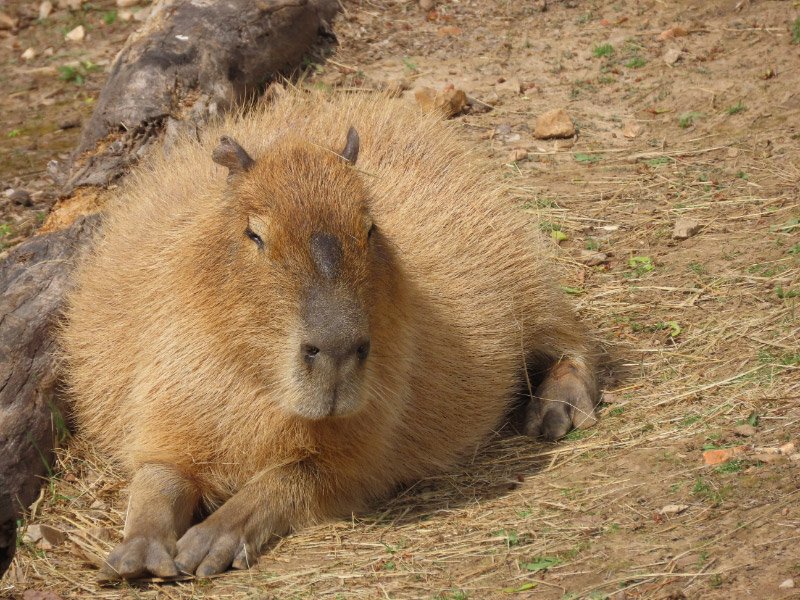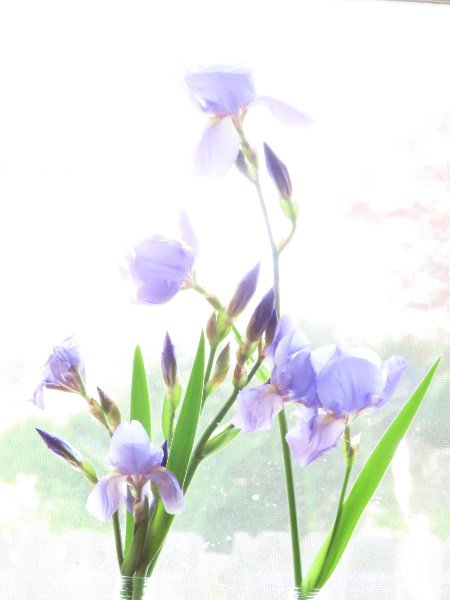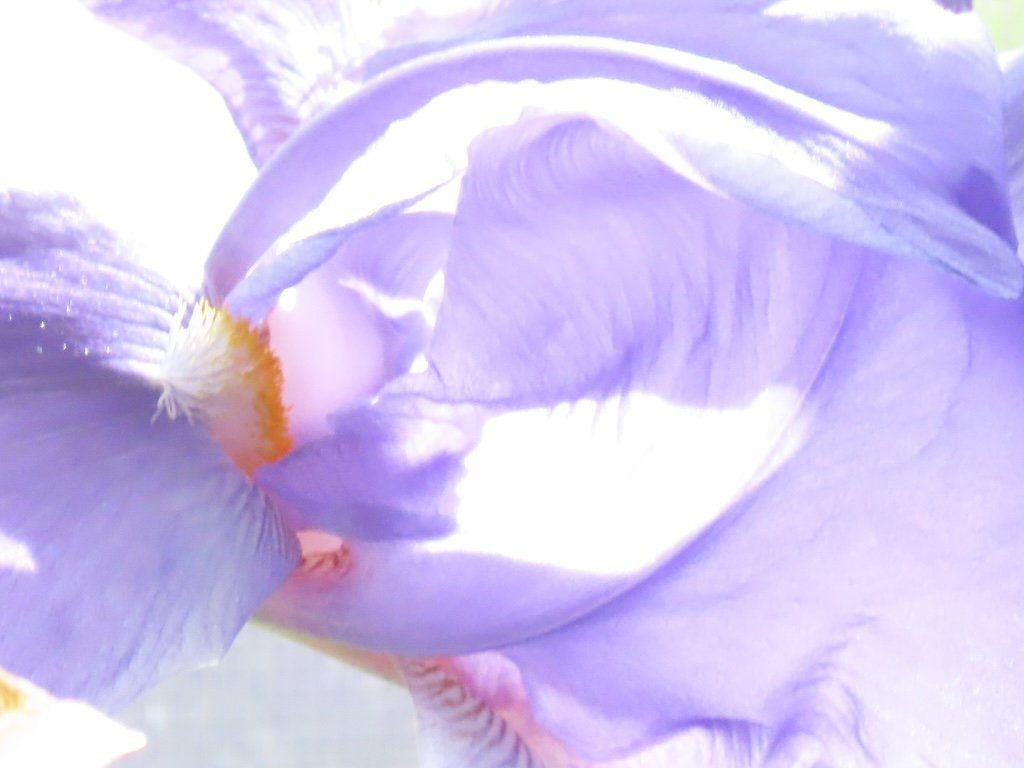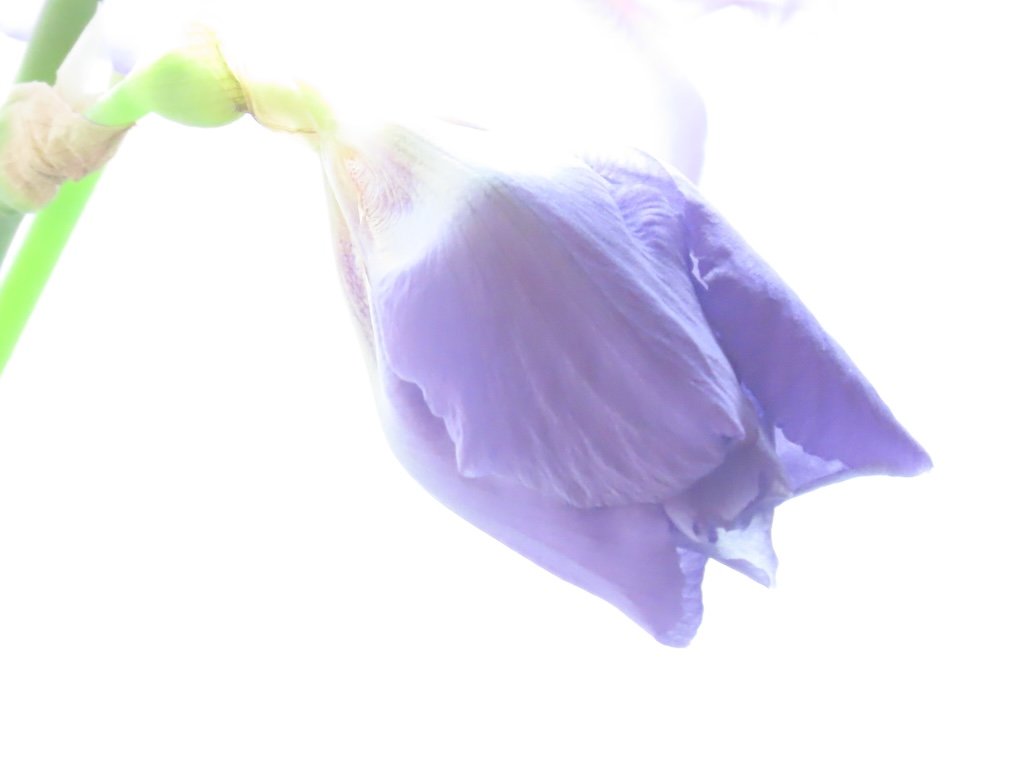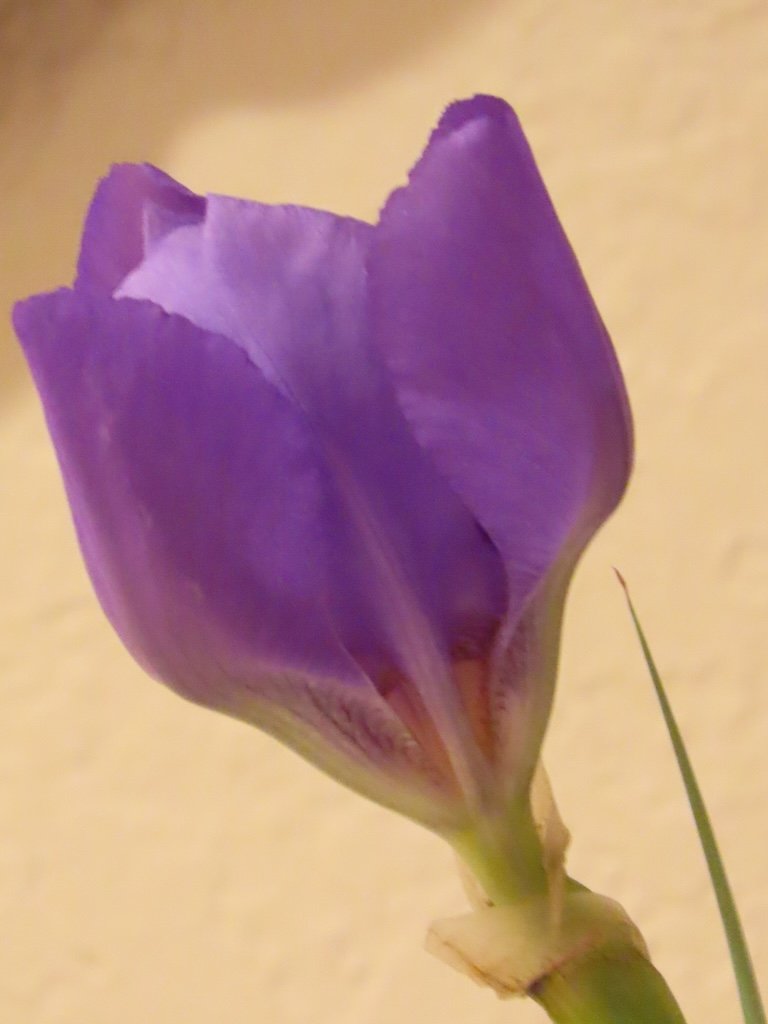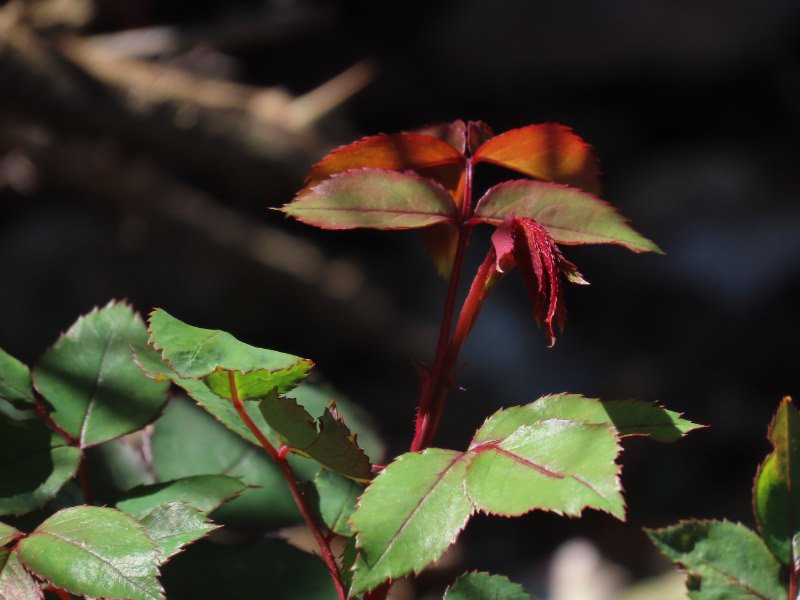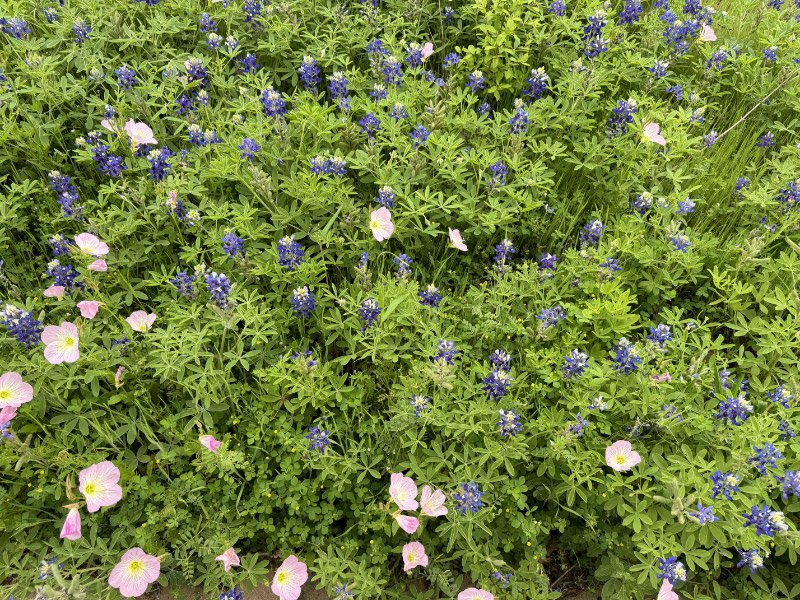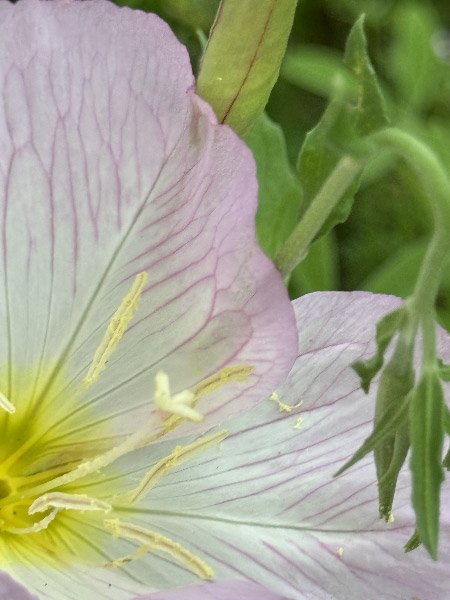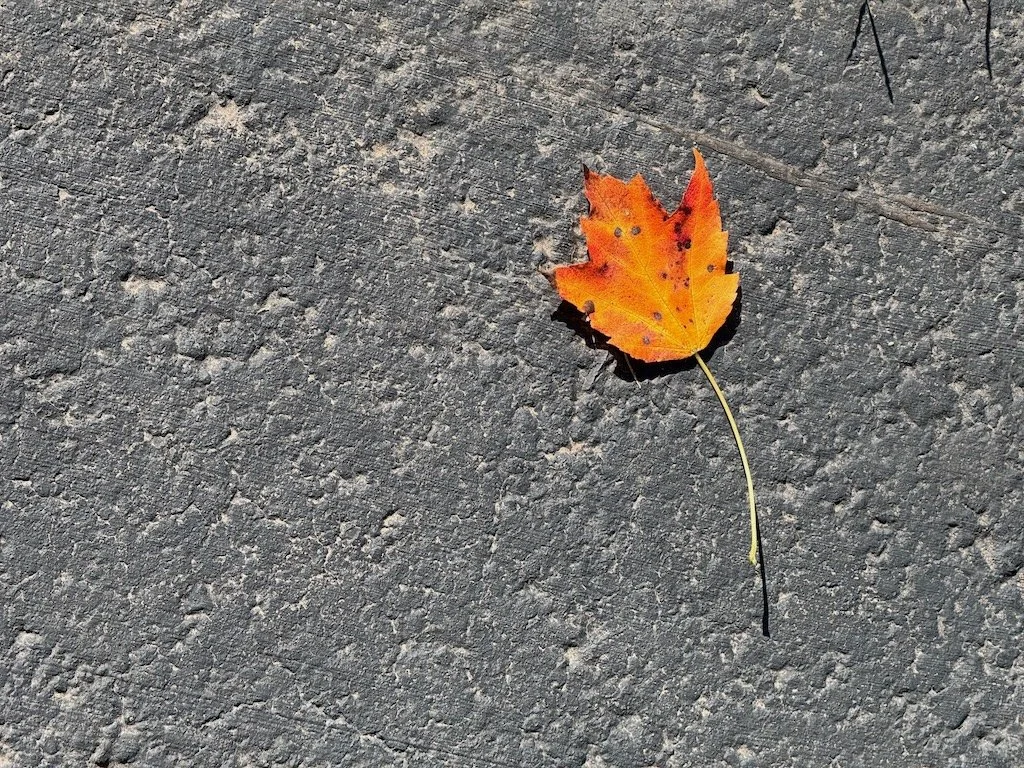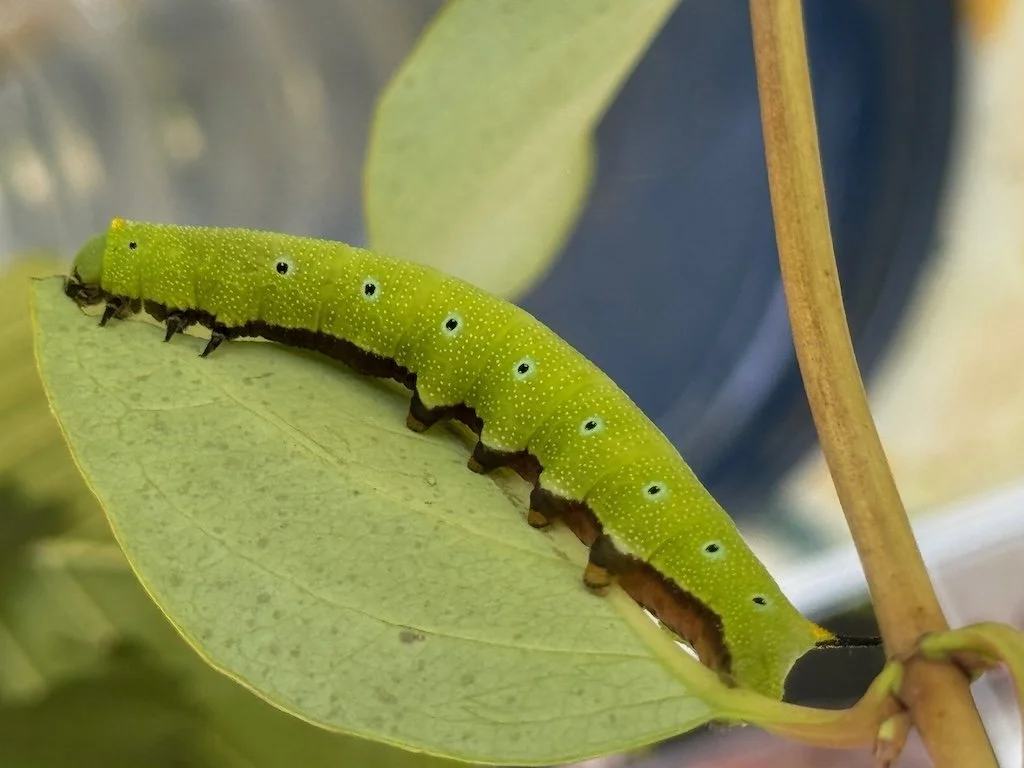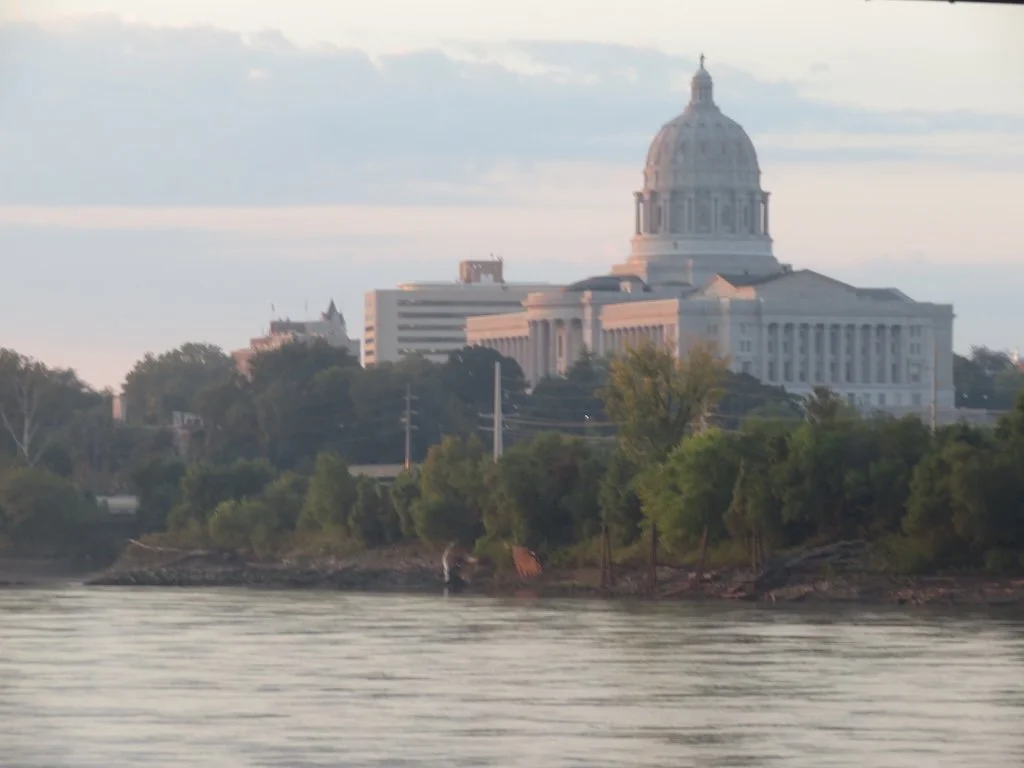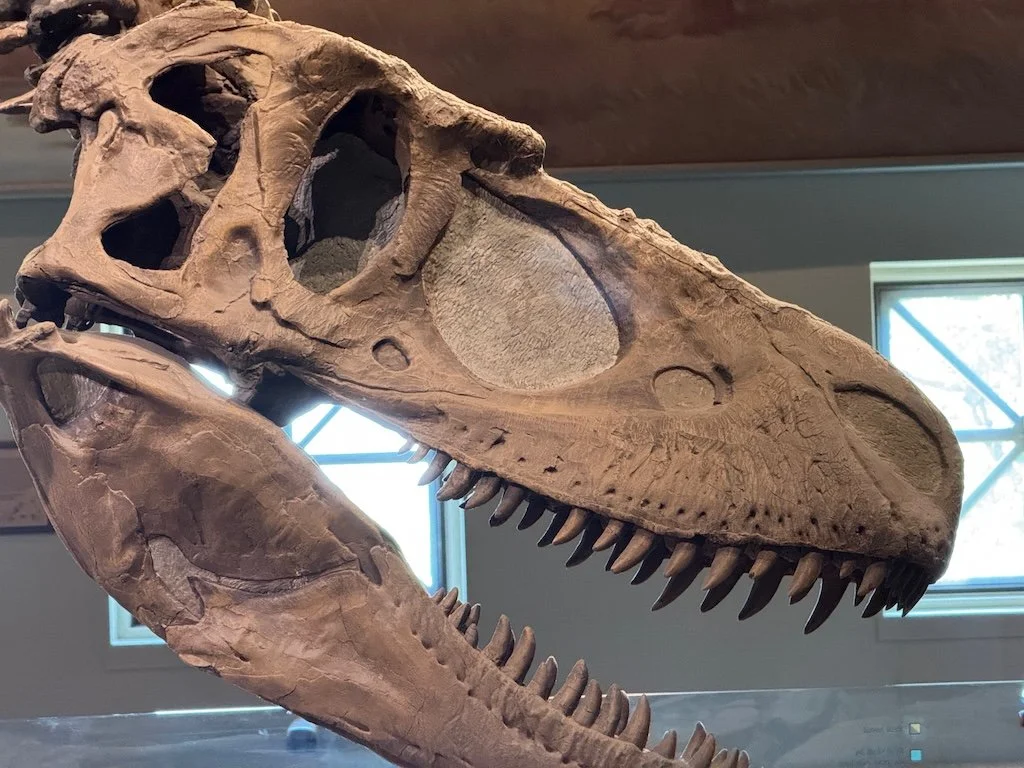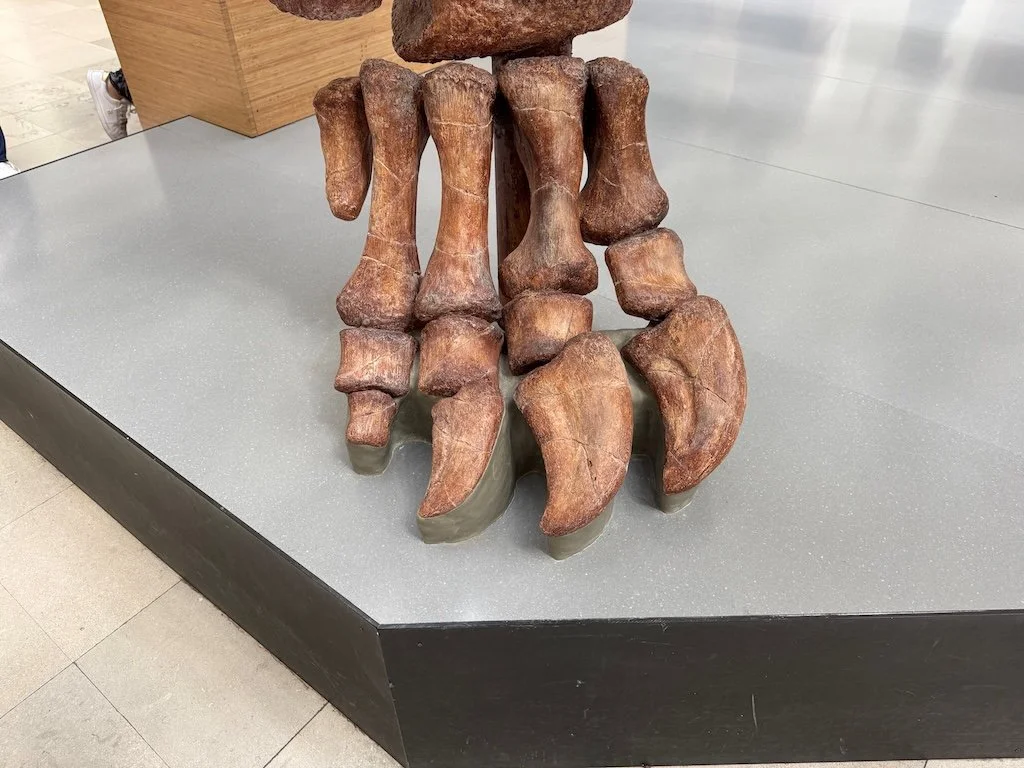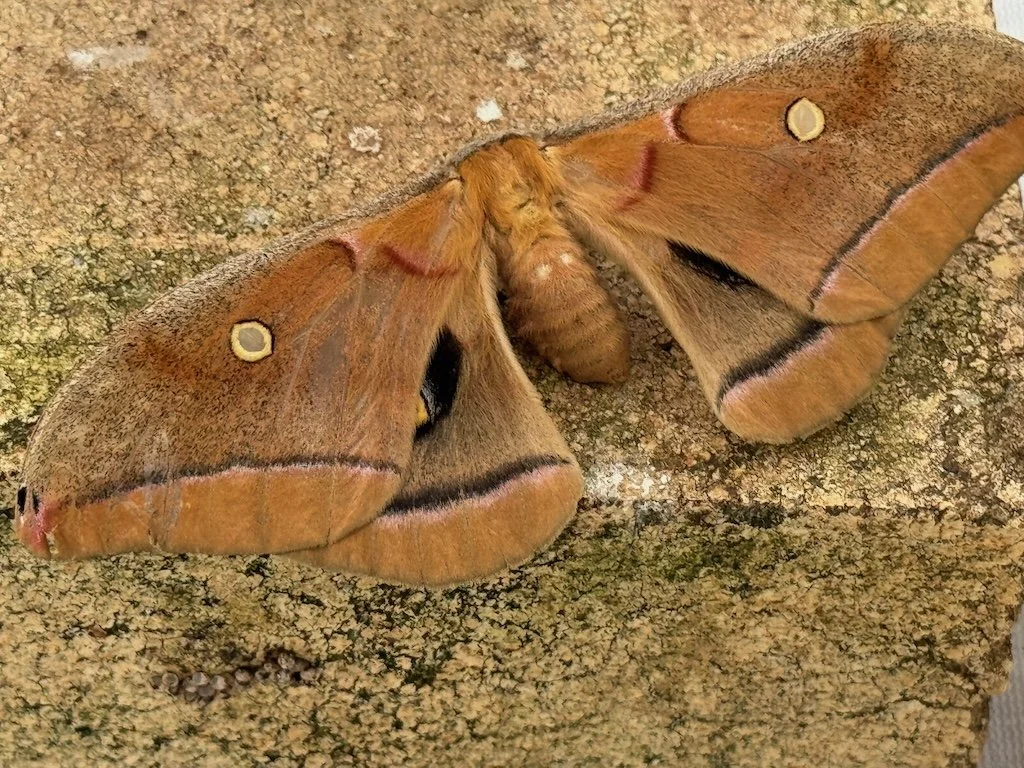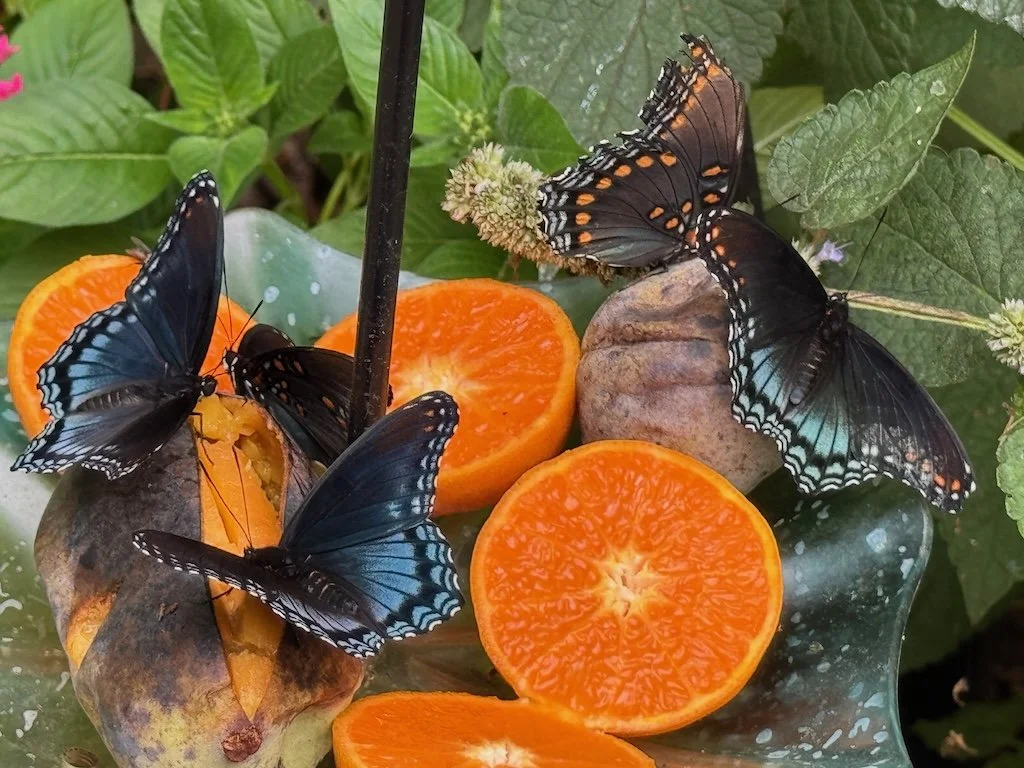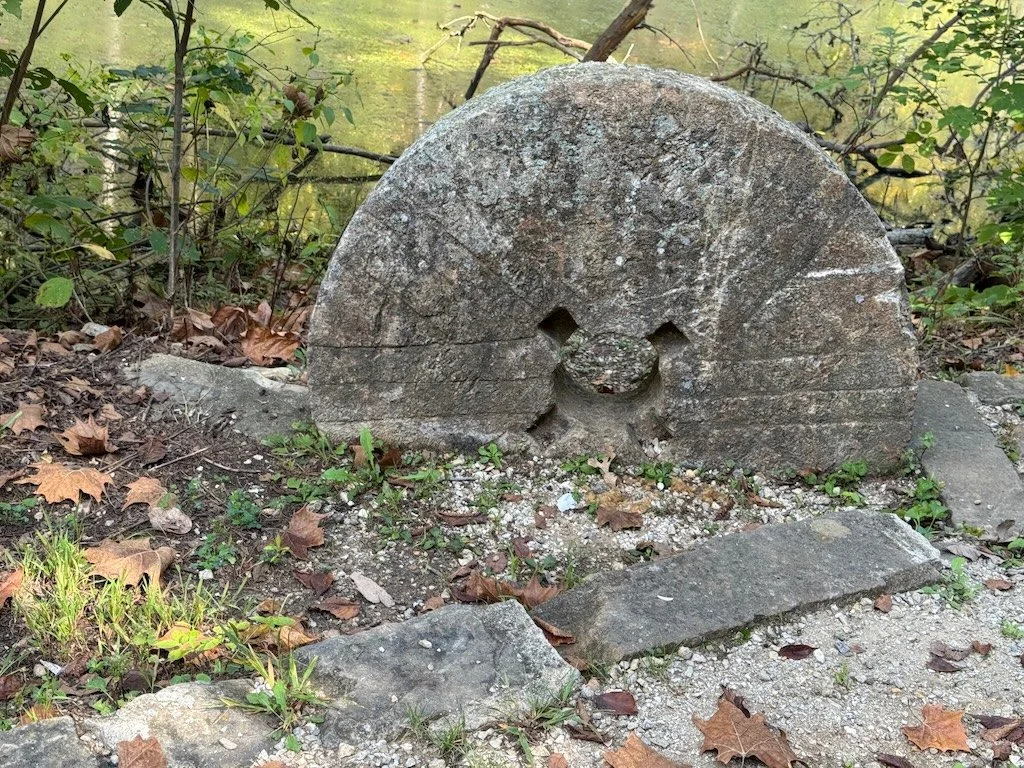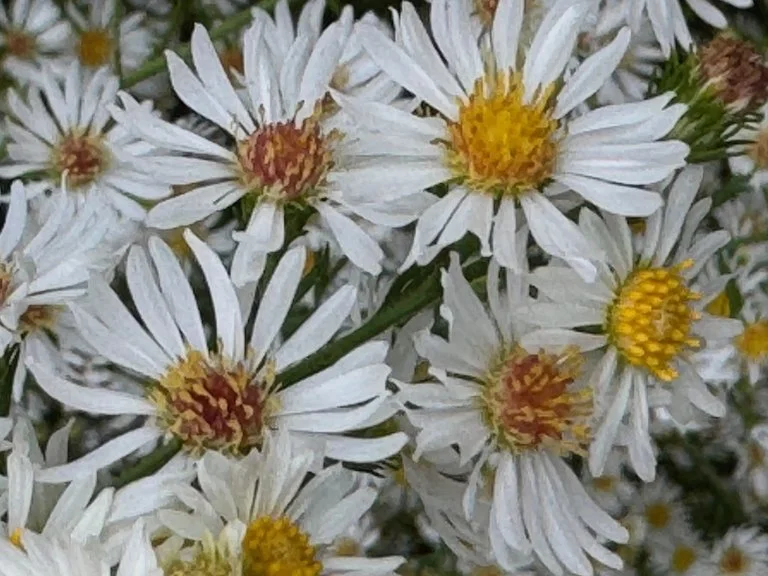The items below were ‘the cream’ of the articles and websites I found this past week. Click on the light green text to look at the article.
Do societies grow more fragile and vulnerable to collapse? - The world is hardly immune to increasing inequality, environmental degradation, and elite competition – all factors which have been proposed as precursors to collapse earlier in human history. Industrialized production, enormous technological abilities, as well as professional bureaucracies and police forces will all likely create more stable, resilient states. However, our technology also brings new threats and sources of vulnerability, such as nuclear weapons and the faster spread of pathogens. We also need to be wary of celebrating or encouraging the entrenchment of authoritarian or malevolent regimes. Resilience and longevity are not de-facto positive.
Solving the riddle of the sphingolipids in coronary artery disease - Boosting levels of a sphingolipid called S1P in artery-lining endothelial cells slows the development and progression of coronary artery disease in an animal model.
“Porcelain Gallbladder” Identified in Mississippi - Identified among a woman's 100-year-old bones exhumed from the cemetery at the site of the Mississippi State Lunatic Asylum. A porcelain gallbladder forms through calcium build-up in the wall of the organ, which causes it to harden.
World's chocolate supply threatened by devastating virus – Oh no! About 50% of the world's chocolate originates from cacao trees in the West Africa countries of Ivory Coast and Ghana. The damaging virus is attacking cacao trees in Ghana, resulting in harvest losses of between 15 and 50%. Farmers can combat the mealybugs the spread the virus by giving vaccines to the trees to inoculate them from the virus. But the vaccines are expensive, especially for low-wage farmers, and vaccinated trees produce a smaller harvest of cacao.
WHO redefines airborne transmission: what does that mean for future pandemics? - Virologists now acknowledge that SARS-CoV-2 spreads mostly by airborne transmission of small particles that are inhaled and that can remain in the air for hours — a method that was previously called ‘aerosol’ transmission. It also spreads by larger ‘droplets’ of virus-containing particles on surfaces, including hands, or ejected over short distances. The WHO document sets an important benchmark for how the world responds to the next pandemic. “The next pandemic will most likely be a respiratory virus again because that’s normally the pathogen that mutates the fastest.” The report’s clarity around transmission will help public health providers to respond appropriately. “They will then consider masking early, they’ll consider ventilation early, they’ll consider all these precautions early because a precedent has been set already.”
Human muscle map reveals how we try to fight effects of aging - As we age, our muscles progressively weaken. This can affect our ability to perform everyday activities like standing up and walking. However, this study also discovered for the first time several compensatory mechanisms from the muscles appearing to make up for the loss.
USDA announces new school meal standards that call for less sugar, salt in students' food - Schools also have the option to require locally grown, raised or caught agricultural products that are unprocessed, while the new standards limit the percentages of non-domestic grown and produced foods that schools can serve to students.
Plastic-choked rivers in Ecuador are being cleared with conveyor belts - Azure system's simple design has the capacity to stop and collect around 80 tons of plastic per day. At this particular point in the San Pedro River, the most it's collected in a day has been 1.5 tons of plastic and synthetic fabrics – that's roughly the same weight as a female hippopotamus. The Azure system is a boom device that stretches across the river to stop objects floating on the surface. It extends down 60cm (2ft) into the water, allowing fish and other organisms to move freely below, and is placed at an angle allowing the natural water flow to direct all debris into one corner of the riverbank.
First glowing animals lit up the oceans half a billion years ago - Some 540 million years ago, an ancient group of corals developed the ability to make its own light. Bioluminescence has evolved independently at least 100 times in animals and other organisms. Some glowing species, such as fireflies, use their light to communicate in the darkness. Other animals, including anglerfish, use it as a lure to attract prey, or to scare away predators. However, it’s not always clear why bioluminescence evolved. Take octocorals. These soft-bodied organisms are found in both shallow water and the deep ocean, and produce an enzyme called luciferase to break down a chemical to make light. But whether glowing octocorals use their light to attract zooplankton as prey or for some other purpose is unclear.
Peatlands Are One of Earth’s Most Underrated Ecosystems - Peatlands are spongy, waterlogged soils composed in part of decaying plant matter. They’re found all around the world, and despite covering only 3% of Earth’s surface, store around 30% of all the carbon on land.

